Significantly larger than its predecessor, Samsung's new "entry-level mid-range" smartphone also changes its processor and becomes completely waterproof. While the overall package is convincing, the Galaxy A26 lacks that little something extra, essential to stand out from the fierce competition in this price range.
Test conducted by Xavier Regord
Much more affordable than their cousins in the Galaxy S range, selling for between €200 and €500, Samsung's Galaxy A range smartphones attempt to offer the most attractive equipment/price ratio possible. The Galaxy A26 is one of the least expensive of the four new 2025 models. Its differences, compared to last year's Galaxy A25, mainly lie in a modified design, improved resistance (IP67), a faster processor and a larger screen. Not to mention a more generous update policy, which is always appreciated if you plan to keep your smartphone for several years. Let's see if the Galaxy A26 lives up to its big brothers, the Galaxy A36 and Galaxy A56, and its competitors.
Price and availability of the Galaxy A26 5G
While the Samsung Galaxy A26 has only been available for a few weeks, it is already available – in two versions – with a small discount compared to its launch price:
- With 6 GB of memory and 128 GB of storage space: €289
- With 8 GB of memory and 256 GB of storage space: €349
These prices are €30 lower than the prices of the two equivalent Galaxy A25 5Gs, when they were launched last year, which were sold for €319 and €379 respectively. Note that in its version with 8 GB of RAM and 256 GB of storage, the Galaxy A26 5G is barely cheaper than the equivalent Galaxy A36 5G, currently sold at €369.99 on the manufacturer's website. The Galaxy A26 5G is therefore only particularly interesting in its basic version, equipped with 6 GB of memory (as long as the price does not go up on the Samsung website).
Among the various competitors, which can be found between €300 and €350, we can highlight the following models:
- The Honor Magic 7 Lite, currently sold for €302 (8 GB / 256 GB)
- The Nothing Phone (3a), sold for €349 (8 GB / 128 GB)
- The Xiaomi Poco X7 Pro, sold for €343 (8 GB / 256 GB)
The smartphone is available in three colors – black, white and sea green – while the Galaxy A25 was available in four colors: light blue, navy blue, purple and green/yellow.
| Galaxy A26 | |
|---|---|
| Screen | Super AMOLED 6.7 inches FHD+ 120 Hz |
| Processor | Exynos 1380 |
| RAM | 6 GB |
| OS | Android 15 + One UI 7 |
| Storage | 128/256 GB |
| 5G | Yes |
| Main sensor | 50 MP large angle 5 MP ultra wide angle 2 MP macro |
| Selfie sensor | 13 MP |
| Battery | 5000 mAh 25 Watt wired charging |
| Biometrics | Under-screen fingerprint scanner |
| Water resistance | IP67 |
| Colors | Green, black, white |
| Price | 319 euros (128 GB) 379 euros (256 GB) |
An improved but still old-fashioned design
The weight of the Galaxy A56 5G is almost the same as that of its predecessor. In fact, it weighs only 3 grams more (200 grams instead of 197 grams). The same goes for its dimensions: 16.4 x 7.75 cm (compared to 16.1 x 7.65 cm for the Galaxy A25). And this despite a larger screen. On the other hand, it is slightly thinner, with a thickness of only 0.77 cm (compared to 0.83 cm).
The Galaxy A26 has a glossy glass back (while the Galaxy A25's was made of plastic). The only small aesthetic problem: dust and fingerprints are particularly visible (at least on the black model that the manufacturer provided us). On the other hand, its frame is made of plastic. The whole thing is therefore slightly less qualitative (and certainly less resistant!) than the titanium frame of the Galaxy S25 Ultra, or even than the aluminum frame of the Galaxy S25 and the Galaxy A56.
Good point, scratches should not appear quickly, thanks to the Gorilla Glass Victus+ coating which protects the screen and the back. In addition, the smartphone can accommodate two nano SIM cards, one of which can accommodate a microSD memory card (this allows you to possibly get the model with 128 GB of storage space and to be able to expand this capacity in a few seconds if necessary). On the other hand, some may regret the disappearance of the jack socket on the Galaxy A25, which last year allowed the use of wired headphones, and the impossibility of using an eSIM card (unlike its two big brothers, the Galaxy A36 and Galaxy A56).
For the rest, Samsung has evolved the optical block of the Galaxy A25 to give the Galaxy A26 its own style. In doing so, the new smartphone abandons the Galaxy S-style design (no optical block with lenses placed next to each other), to move to an “iPhone 16 / 16 Plus” look, with an off-center vertical optical block.
Despite this, the design remains somewhat dated, with a waterdrop-shaped notch, fairly wide screen edges (especially the one where the USB C port is located!) and a side-mounted fingerprint reader (even if the latter proves to be just as effective as the one integrated into the OLED screen of most smartphones, like the Galaxy A36!).
Another major change compared to the Galaxy A26 concerns waterproofing. Indeed, the Galaxy A26 is now IP67 certified, which guarantees total impermeability to dust and water (fresh water only! at shallow depths and for a maximum of 30 minutes).
A dim display
As we have already indicated, Samsung has decided to enlarge the OLED screen of its Galaxy A26. The latter now has a diagonal of 6.7 inches, instead of 6.5 inches on the Galaxy A25. The display definition, meanwhile, has hardly changed. It remains 2340 x 1080 pixels, which is sufficient for everyday office/multimedia use.
The maximum refresh rate is still 120 Hz. But, strangely, you only have the choice between Standard mode (60 Hz) and High Smoothness mode (120 Hz). There is no mode offering an adaptive frequency (automatic switching, carried out by the system, between 60 Hz and 120 Hz modes, depending on the application used) on the program!
The maximum brightness of the screen, announced by Samsung, is 1000 nits (in Adaptive Brightness mode). This (theoretical) value is not very high by 2025 standards. Indeed, many smartphones are supposed to offer (still in theory) a maximum brightness in this mode of 1200 nits (Galaxy A36), 1300 nits (Nothing Phone 2a), or even 1400 nits (Xiaomi Poco X7 Pro).
According to our measurements, carried out using our Calibrite Display Pro HL sensor, we measured the brightness at around 350 nits by default, which is too low to offer good readability in direct sunlight. In this case, you must activate the Adaptive Brightness option, which allows the screen to boost its brightness, reaching a maximum of 745 nits, both in SDR and HDR.
While this result is more satisfactory, it remains somewhat limited compared to the measurements we have carried out on certain recent smartphones, such as the Nothing Phone (3a) or the Xiaomi Poco X7 Pro, whose maximum brightness climbs – respectively – up to 1300 nits and 1220 nits (in HDR). Using the Galaxy A26 in the sun may therefore pose some problems.
In the display settings, there are two color profiles, named Vivid and Natural. We measured average Delta E values of 4.49 and 5.29. In both cases, the colors displayed are therefore not very realistic (ideally, the average Delta E should be less than 3). Nothing dramatic, however. Unless you are particularly sensitive to the fidelity of the colors displayed.
On the other hand, the color temperature is good, as it is very close to the 6500 K value, which symbolizes perfectly neutral colorimetry. Indeed, with the Vivid profile and a Warm setting, the average temperature measured is 6441 K.
A low level of performance, often sufficient nonetheless
While the Galaxy A26 has a more powerful processor than its predecessor, there is still nothing to get excited about. Indeed, we are moving from the Samsung Exynos 1280 chip (Galaxy A25) to the Exynos 1380 model. The same one that equipped last year's Samsung Galaxy A35. Remember that this is an eight-core chip, clocked at 2.0 / 2.4 GHz. It is complemented by 6 GB of RAM, on the model with 128 GB of storage, and 8 GB, on the one with a storage capacity of 256 GB.
The various results obtained with the benchmarks are higher than those of the Galaxy A25 and identical to those of the Galaxy A35, which is perfectly normal. In practice, the chip allows for good responsiveness, in the context of everyday use (Web, emails, photos, videos, social networks, etc.).
On the other hand, the Mali G68 MP5 GPU doesn't work miracles. While its performance is sufficient to run sophisticated games like Fortnite or Genshin Impact, it only runs at a maximum of 30 frames per second, which doesn't allow for animations that are smooth enough to benefit from optimal responsiveness.
It's also worth noting that, for some unknown reason, Fortnite was unplayable during our tests, due to a graphics bug that severely disrupted the display (regardless of the display frequency used). This is all the more surprising since the phenomenon had not appeared in previous tests, such as that of the Galaxy A35.
When AI is very discreet
Like all recent smartphones, the Galaxy A26 5G runs well on Android 15. Google's operating system is complemented by the options of Samsung's One UI 7 interface. For example, we find the Now Bar, which allows you to access open applications without unlocking the smartphone. This makes it possible to control your music, access the voice recorder, or even view certain data provided by the Samsung Health app when you exercise.
A good point is that the manufacturer guarantees regular monitoring of Android updates and security patches for no less than six years. On the other hand, the integration of AI on this Galaxy A26 is very timid. We strongly get the impression that Samsung is throwing in two or three more or less practical functions here and there, just to be able to say that AI is coming to its mid-range smartphones.
Also read – Samsung Galaxy A56 review: it looks good, but what about the rest?
We therefore find the Circle to search function from Google, and the AI Selection function, which can be activated from the floating toolbar. It is also possible to request that web pages be read aloud. And while this operation is carried out in French, we understand that there is still work to be done to ensure natural reading.
The other AI functions are grouped into the photo editing tools. For example, everyone can create their own personalized filters to modify the colorimetry of photos before taking them. In addition, the object eraser, still as effective, is present, as well as the main editing suggestions (blur the background or remaster). On the other hand, the Best faces option is only available on the Galaxy A56. It is therefore not possible to use it to succeed in your group photos every time. Hopefully, some of the Galaxy S features will be rolled out to the Galaxy A26 in future updates.
Decent photos in daylight
For photography, we take the same photos and start again. Indeed, we find the very classic configuration with three rear lenses, which was already present on the Galaxy A25:
- Wide-angle lens, equivalent to a 27 mm (aperture of f/1.8), with a 50-megapixel sensor equipped with an optical stabilization device.
- Ultra-wide-angle lens, equivalent to a 16 mm (aperture of f/2.2), with an 8-megapixel sensor.
- Macro lens (fairly useless), with a sensor of (only) 2 megapixels.
The whole thing is completed by a front sensor, for selfies, of 13 megapixels.
When the lighting conditions are In favor, the wide-angle lens and sensor manage to capture fairly good quality images. The colors are true to life and the sharpness is accurate, most of the time. Indoors, we notice – especially if we view the shots on a large screen – a definite loss of precision. This one isn't dramatic, but a trained eye will spot it without too much trouble.
Of course, given its low price, the smartphone doesn't have a telephoto lens (although the Nothing Phone (3a) is only slightly more expensive and does have a 2x telephoto lens!). You must therefore use a digital zoom, up to 10x, if you want to get closer – without moving – to your subject.
When you use the 2x digital zoom, the captured images remain of sufficient quality to be shared with your loved ones, who will view them on their smartphone.
With the 4x digital zoom, the quality drops another notch. The smoothing applied to the images is then more visible, reducing the overall sharpness. However, these can still create an illusion. But this is no longer the case if we push the digital zoom further.
The ultra wide angle, meanwhile, turns out to be of very approximate quality, with shots that are moderately precise, and often blurred at the edges.
Macro mode, for its part, takes photos in fairly low definition (1600 x 1200 pixels). However, when you manage to take the photos in good conditions, the results can be satisfying. For fans of extreme close-ups!
Remember that last year's Galaxy A35 and the new model, the Galaxy A36, also have a macro sensor. However, theirs has a better definition: 5 megapixels.
The quality of photos taken with the front sensor is not not extraordinary either. In selfies taken with Portrait mode, we notice that the clipping is not very precise, with – as is often the case – the systematic erasure of hair that sticks out a little.
Despite the two to three seconds of exposure, Night mode allows you to obtain satisfactory photos, nothing more. Indeed, their precision is quite relative, even if light sources are nearby! Let's move on to the mediocre performance of the ultra wide-angle mode when the light is very limited. The same goes for the 2x zoom.
In the end, the Galaxy A26 offers a minimum service in terms of photos, with rather convincing performances in wide-angle / 2x zoom mode. And for videos, the smartphone doesn't offer amazing quality, since you can shoot 4K footage, but with only 30 frames per second.
Average battery life and slow charging
Like the Galaxy A25 and Galaxy A35, the Galaxy A26 has a 5000 mAh battery, which doesn't allow it to reach peaks in terms of autonomy. Indeed, if we use the test integrated into the PC Mark application, with a brightness of 250 nits and in 120 Hz mode, the smartphone works for only 9 hours and 1 minute. That's not much! And if we change the screen refresh rate to 60 Hz (Standard frequency), things improve a little, since the autonomy increases to 11 hours and 25 minutes. However, it remains weak.
We also evaluated the Galaxy A26's battery life for video streaming (still at 250 nits and with a frequency of 60 Hz). We then noted a drop in battery level of 9%, after playing a two-hour movie, on Wi-Fi. Then, it dropped to 81% after 4 hours of playback and to 70% after 6 hours. Roughly speaking, the smartphone's battery therefore lost around -10% of its charge every two hours. We can therefore extrapolate the total battery life for video streaming to around 20 hours, with a fully charged battery. An average result overall.
To recharge the battery (wired only!), you can use a 25W power adapter (it is not included). No change on this side compared to the previous generation Galaxy A. It is regrettable that the manufacturer did not opt for the same charging speed as the new Galaxy A36 (45W). In practice, the battery is recharged to 51% after half an hour. Then, after an hour of charging, the battery level rises to 88%. Another quarter of an hour, and the level reaches 95%. 100% after an hour and a half.
Conclusion: should we buy or not?
As we have seen, the improvements made by the Galaxy A26 compared to its predecessor are quite numerous and appreciable. But... the smartphone now looks very similar to the Galaxy A35: same processor, same 120 Hz OLED screen with fairly thick edges, same photo sensors (apart from the macro sensor, better defined on the Galaxy A35, but oh well...), same battery and same wired charging speed, same water and dust resistance. The only differences are the design of the optical block, the 0.1-inch larger screen (!), better software longevity and the fingerprint reader, side-mounted on the Galaxy A26 and under the screen for the Galaxy A36.
Above all, the Galaxy A26 is more affordable. Although... if the Galaxy A35 was launched at €400 (just like this year's Galaxy A36!), it is still available today – for example on Amazon – at €299 (with a 25W charger please!). So, you might as well get the latest model. But, a little bonus, like 45W charging (like the Galaxy A36) would have been welcome.


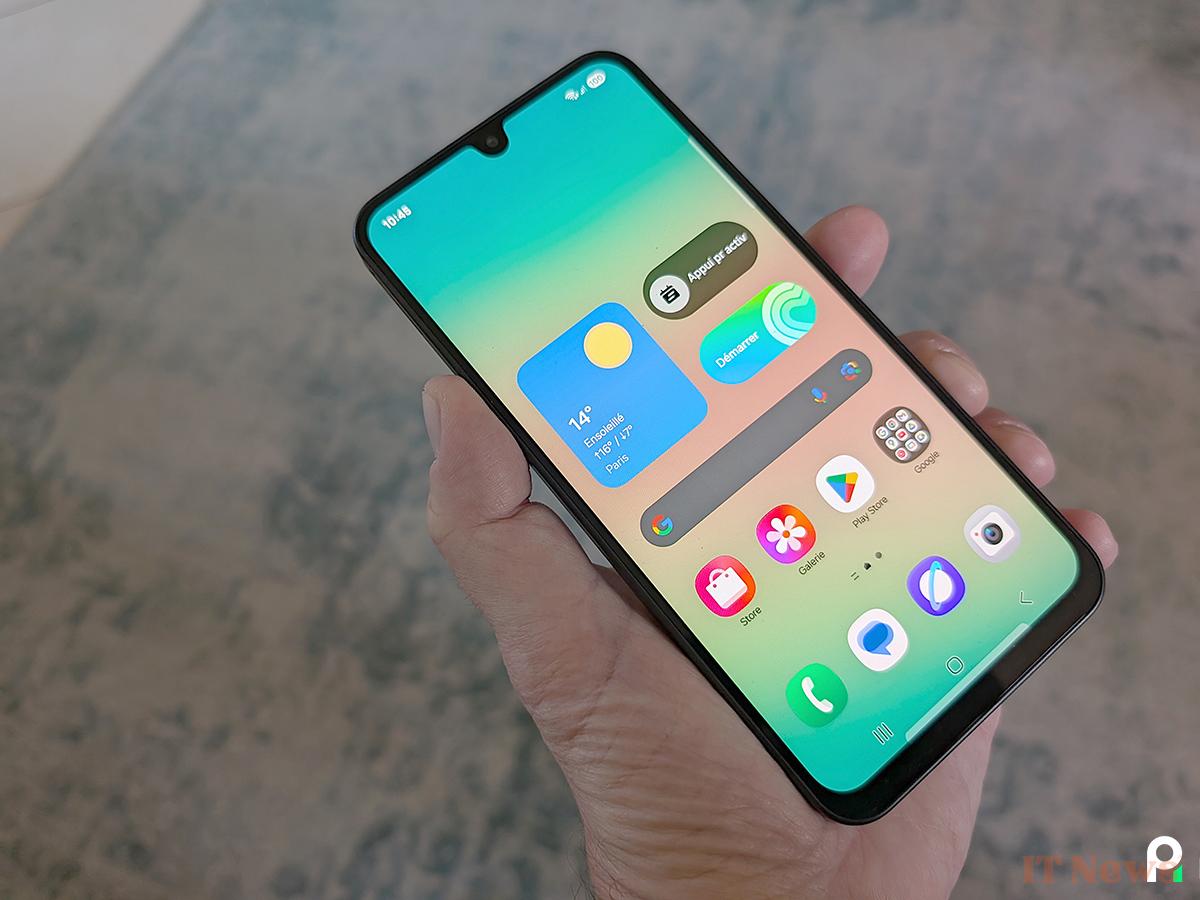
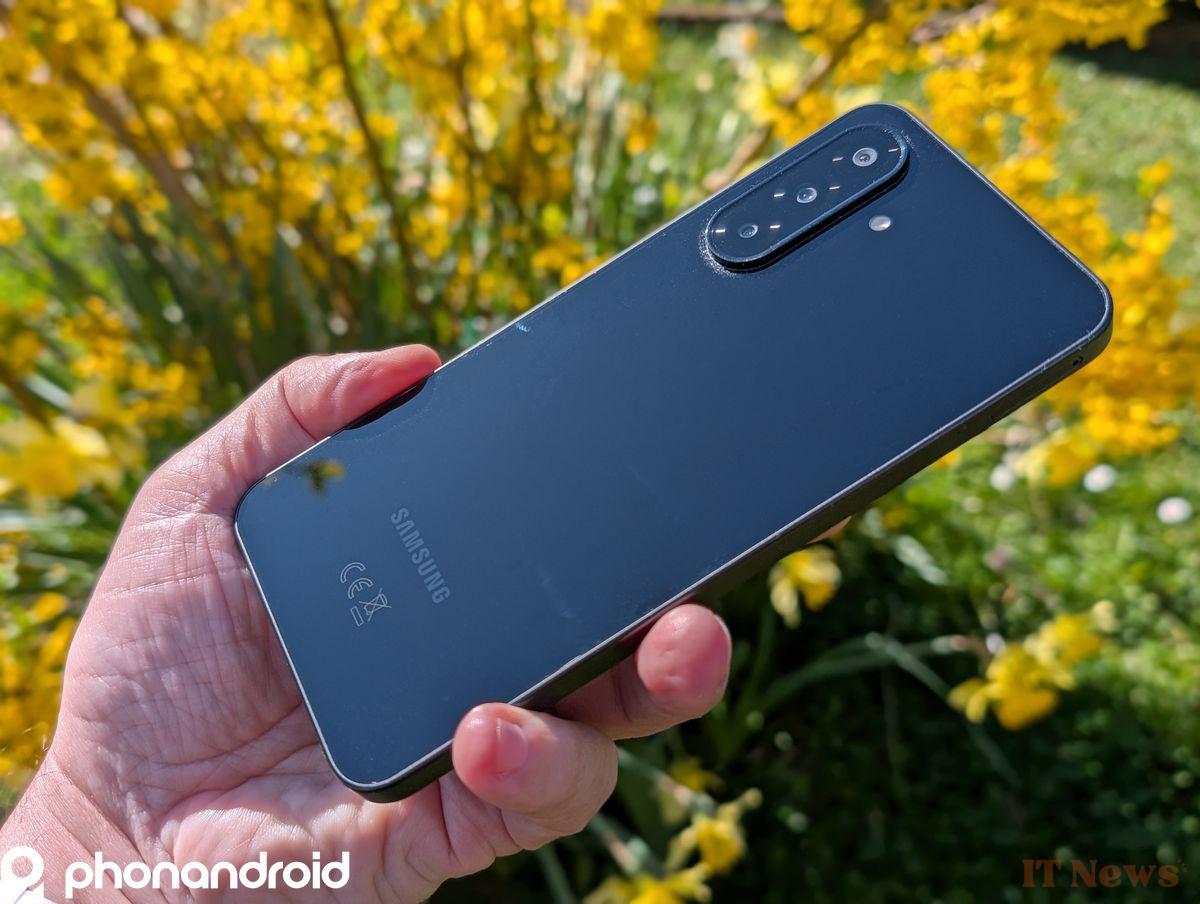

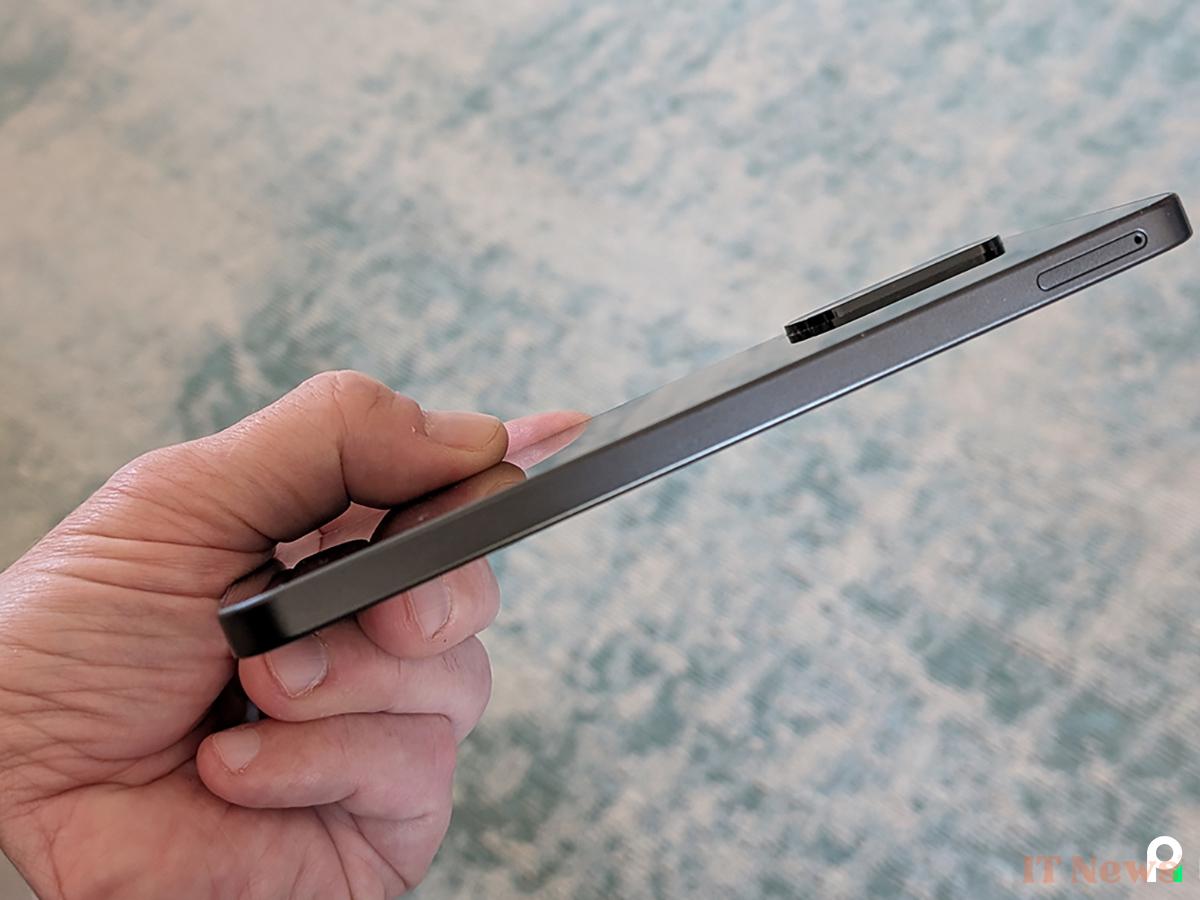
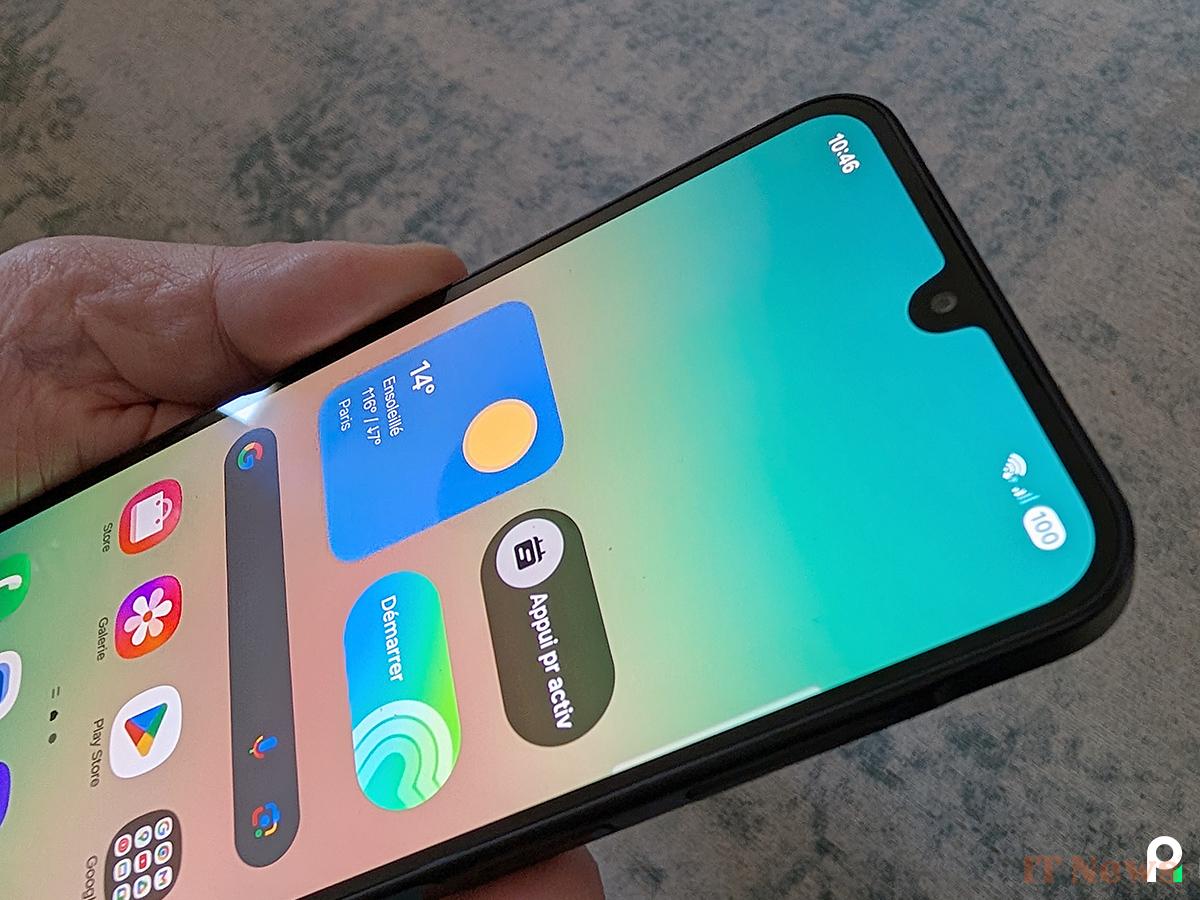
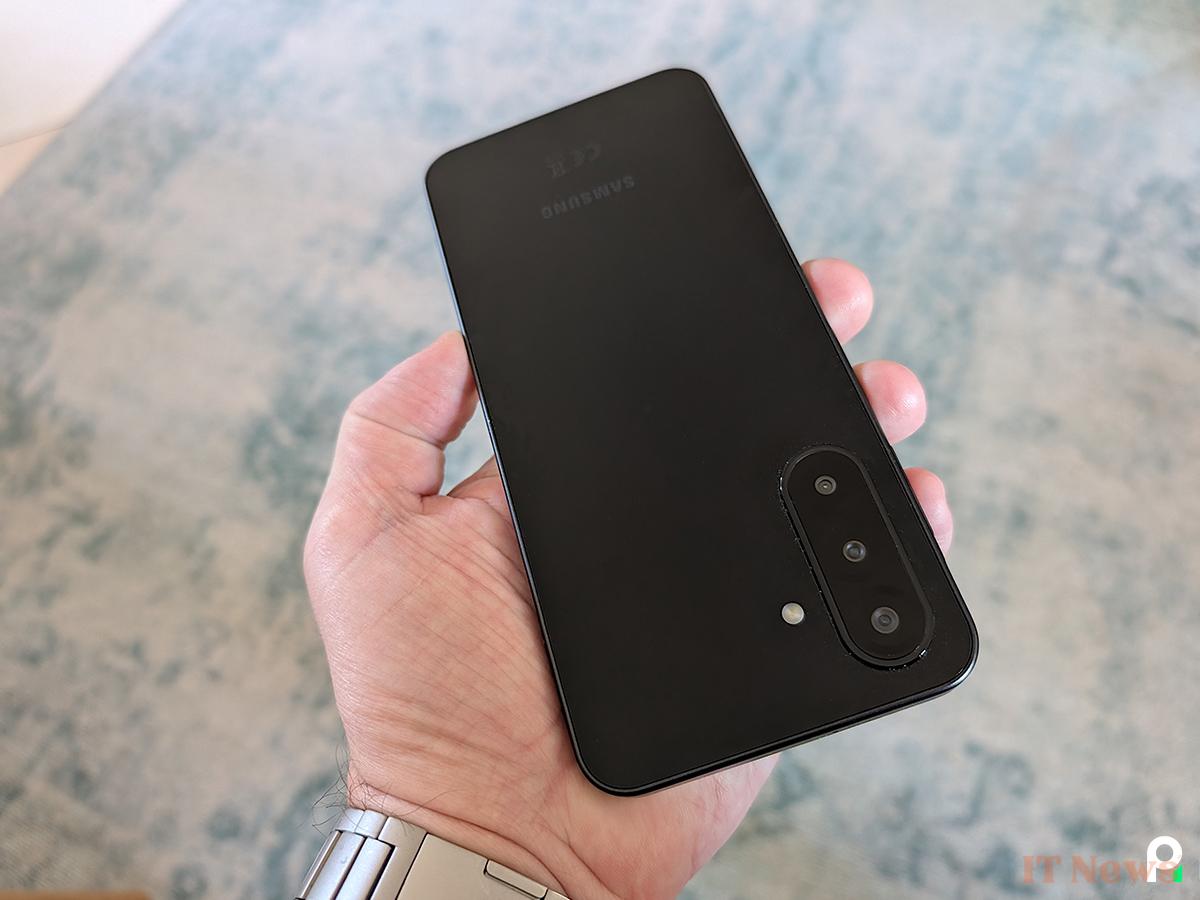
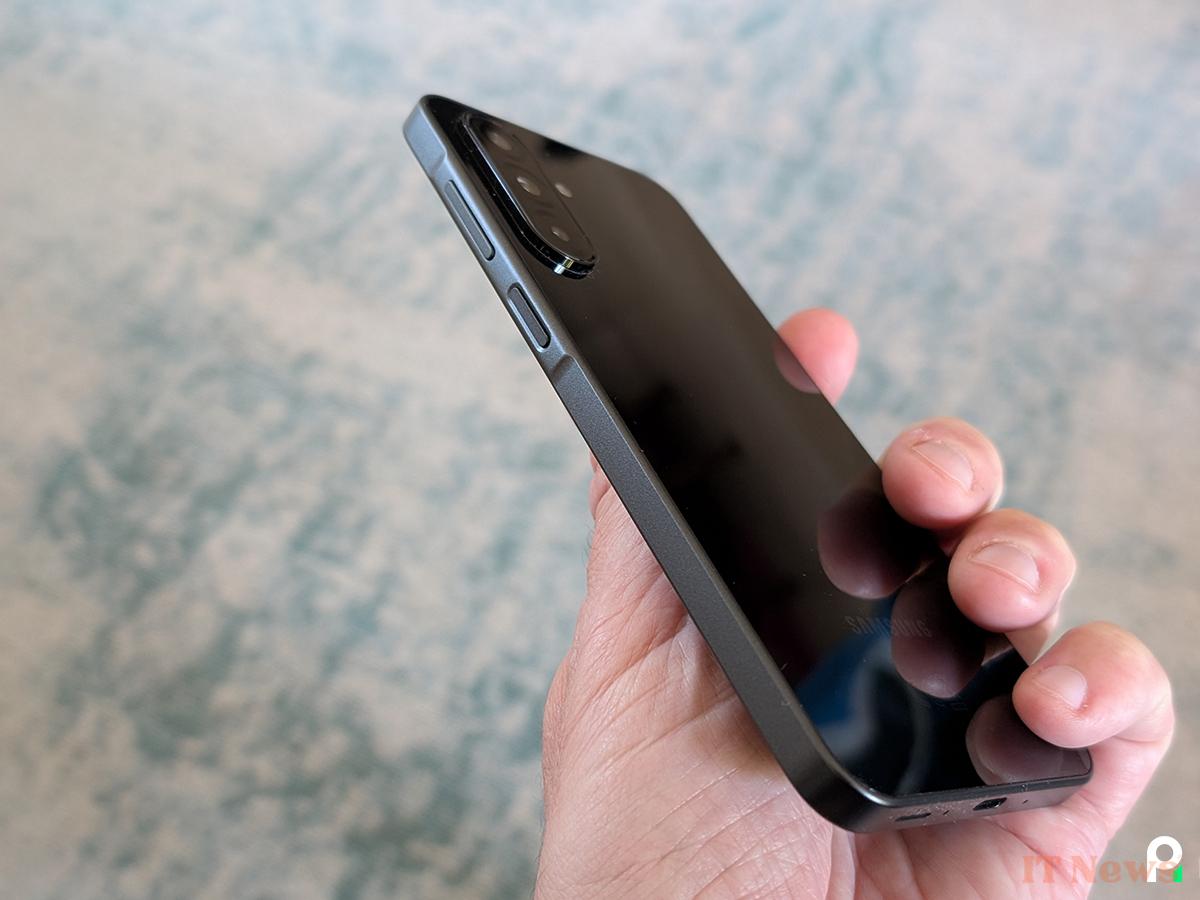
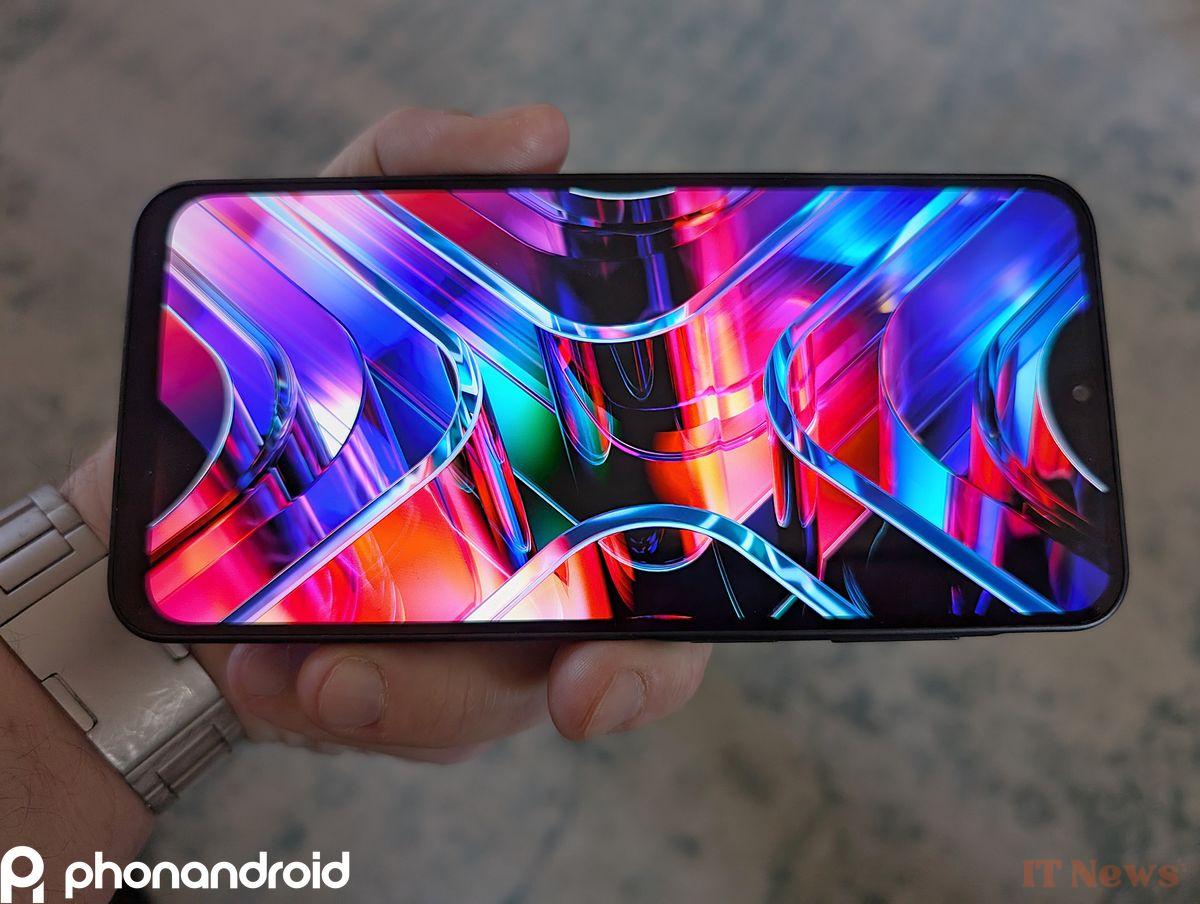
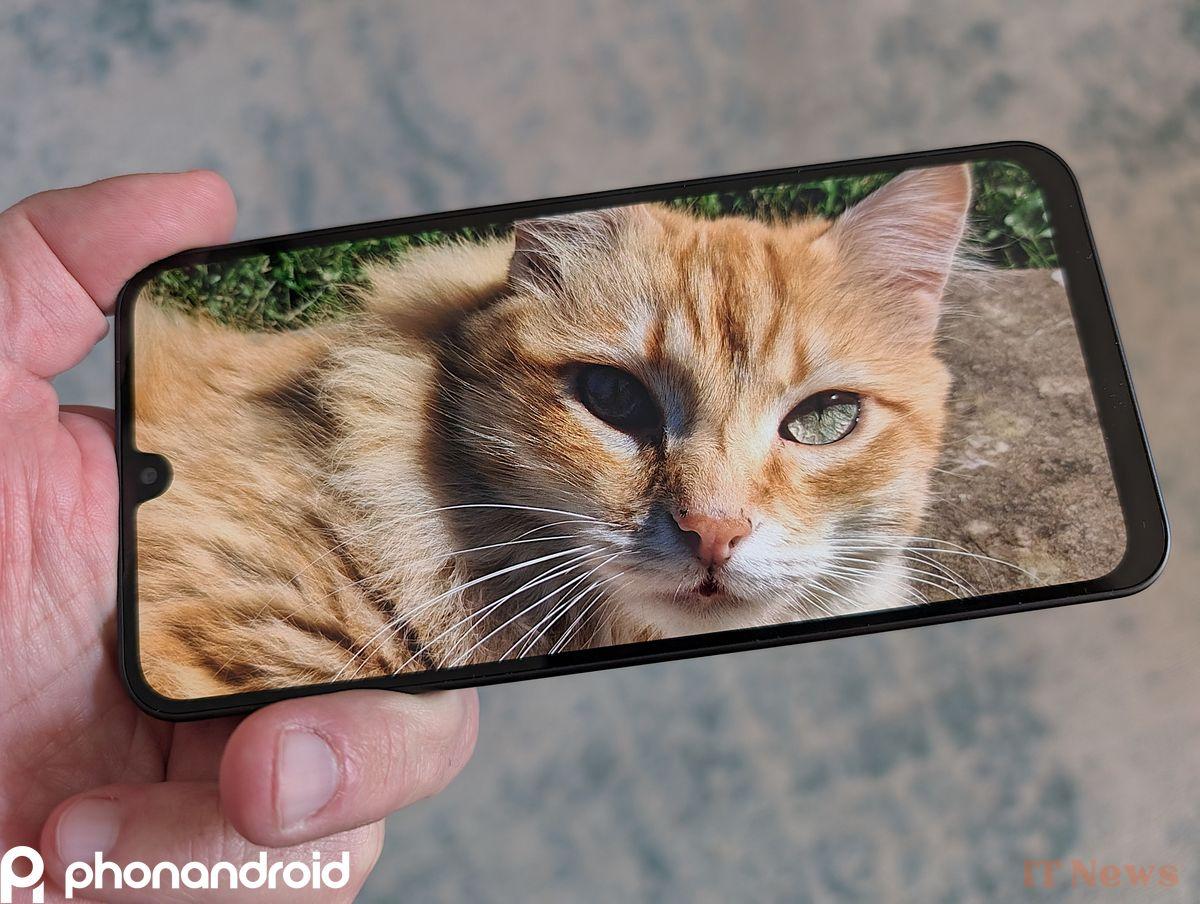
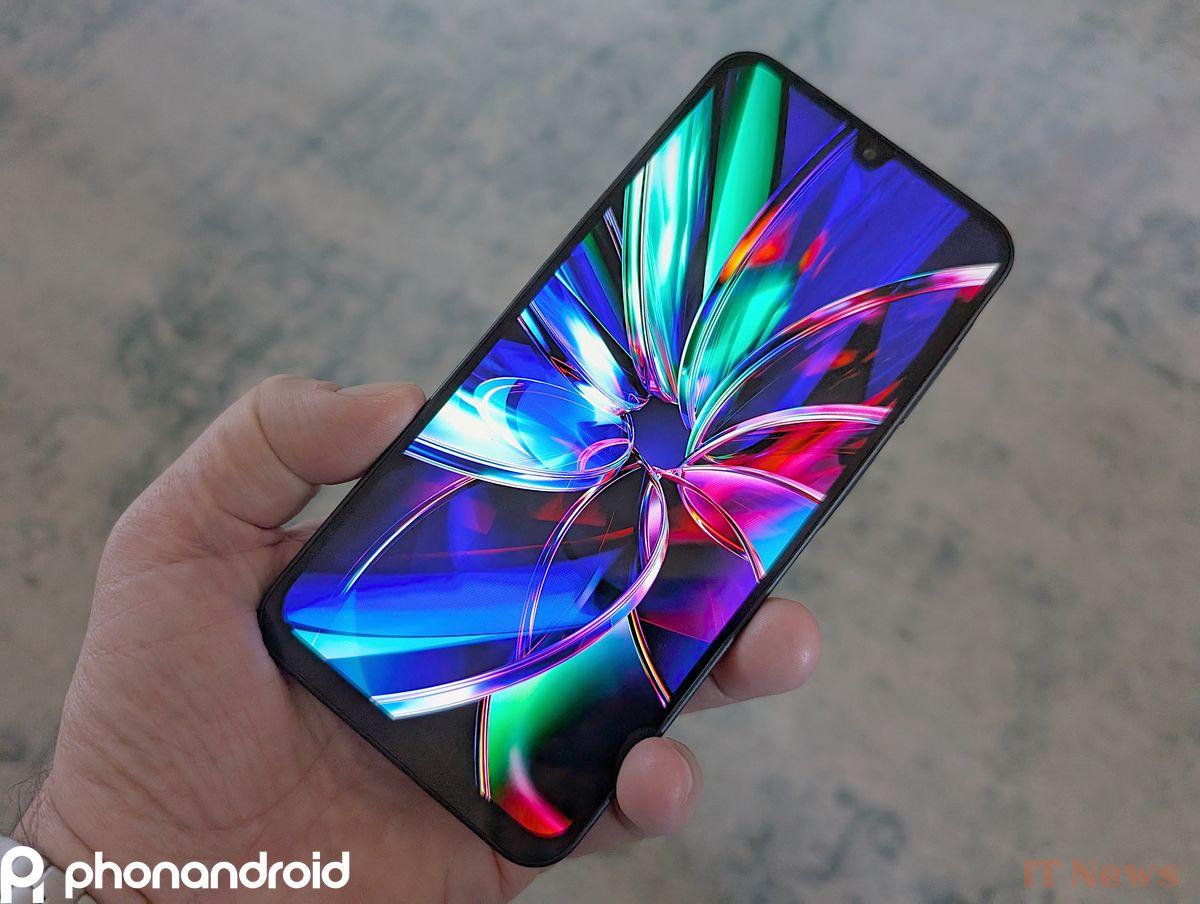
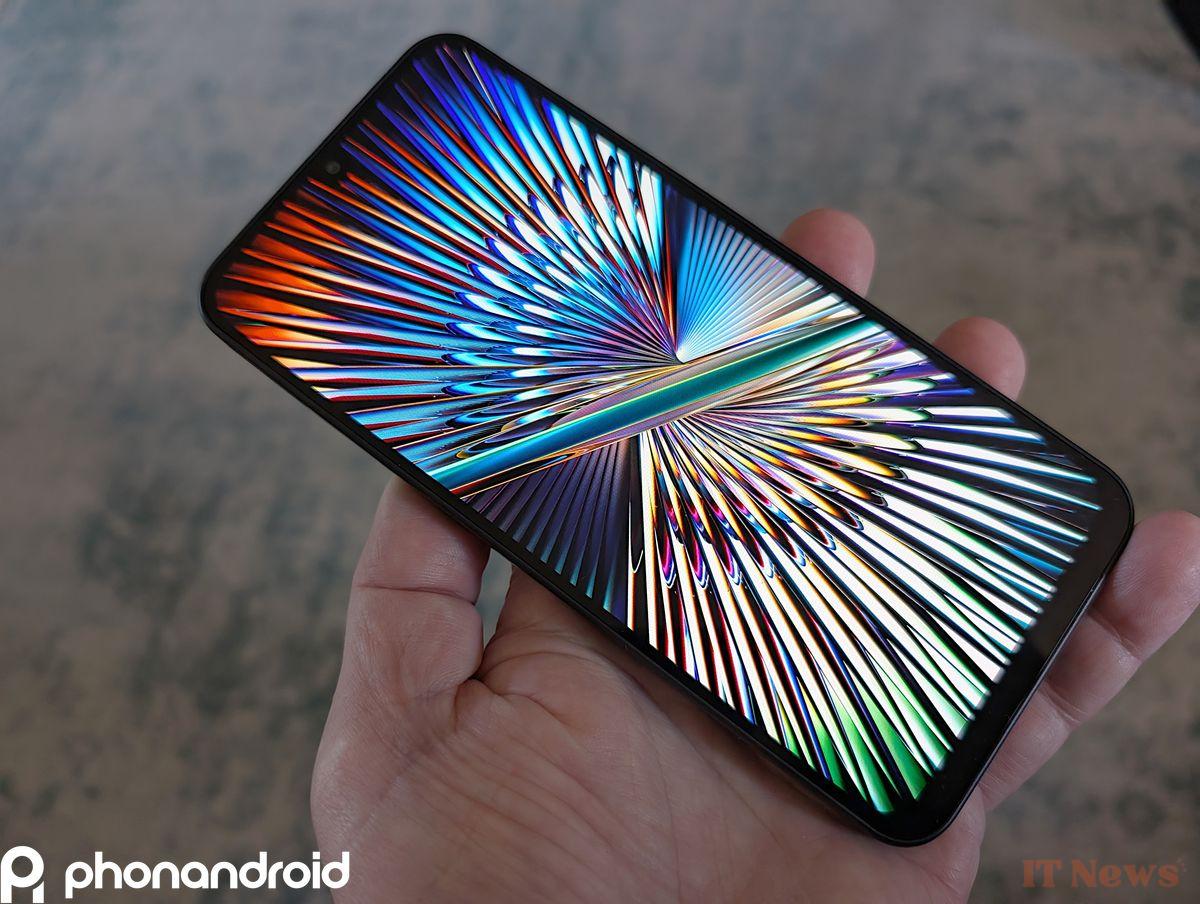
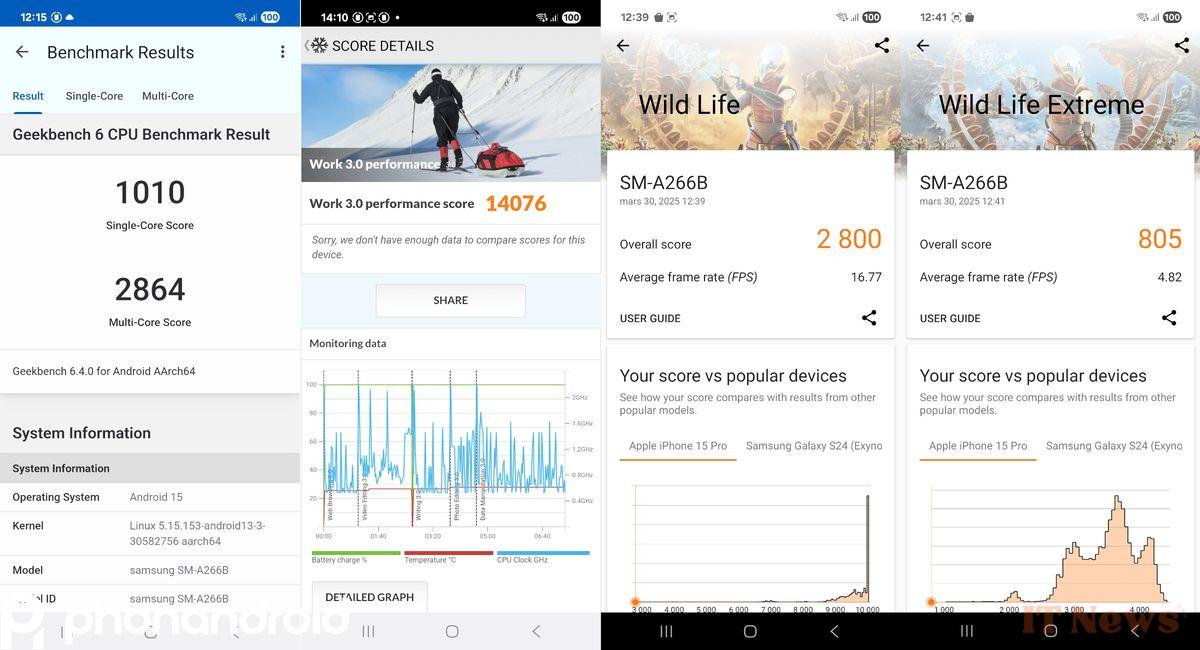
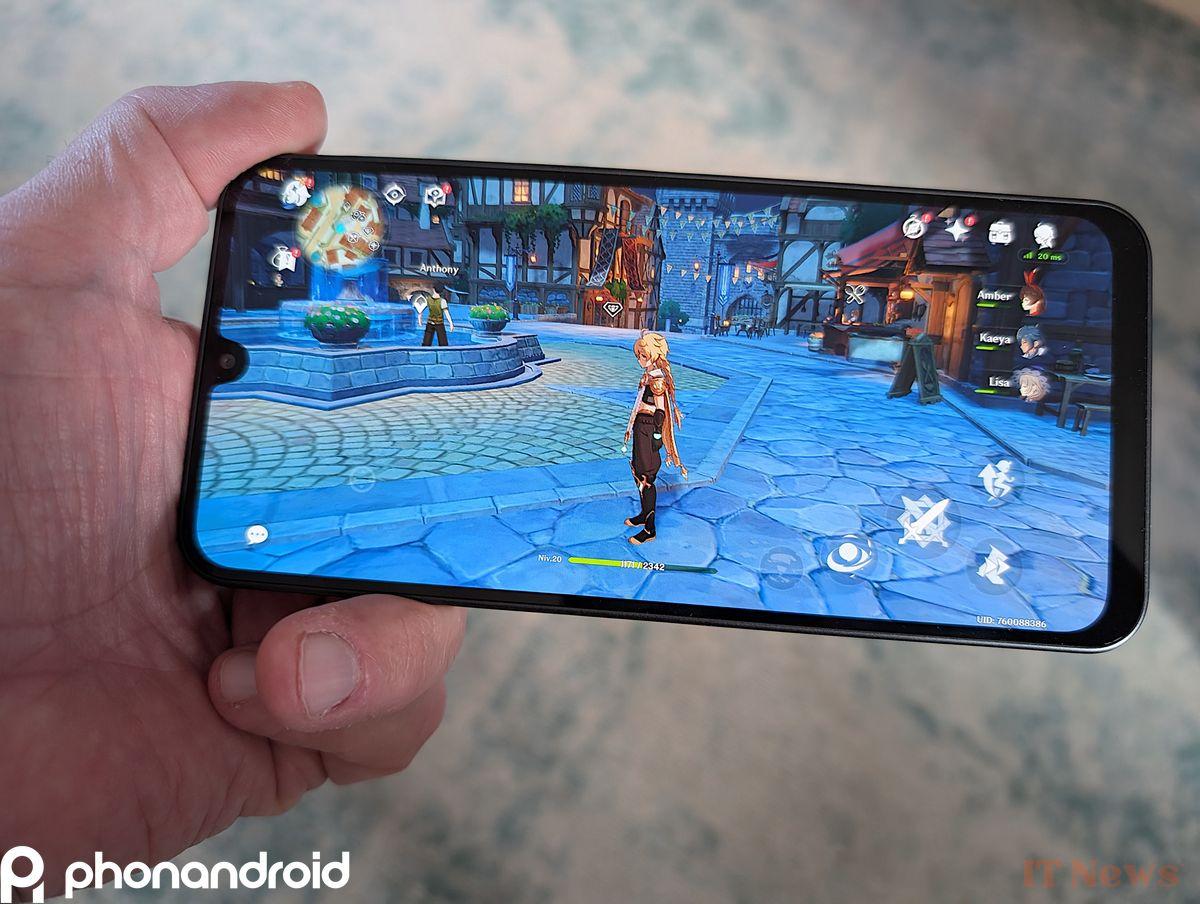
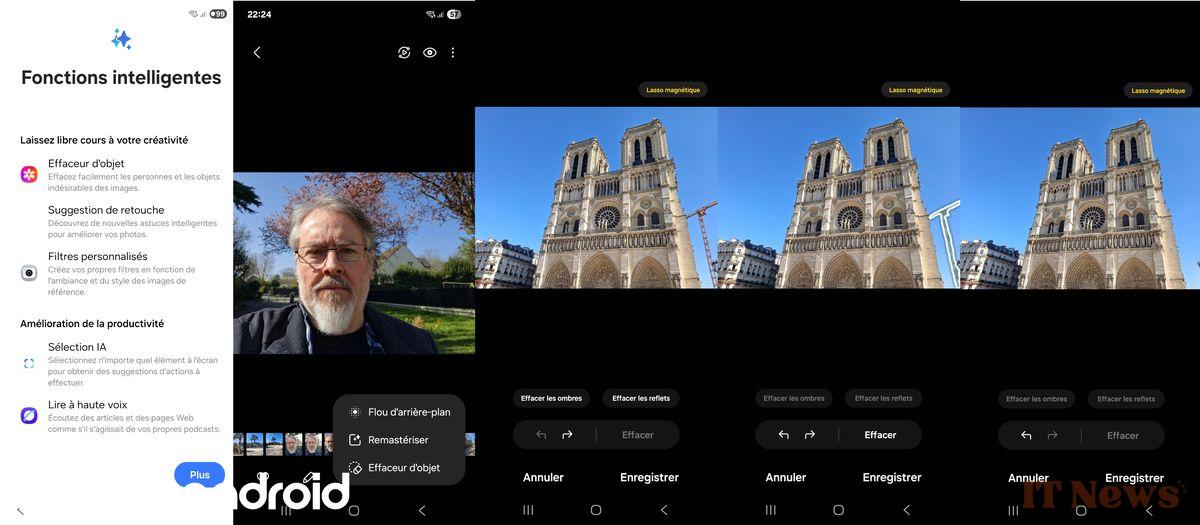
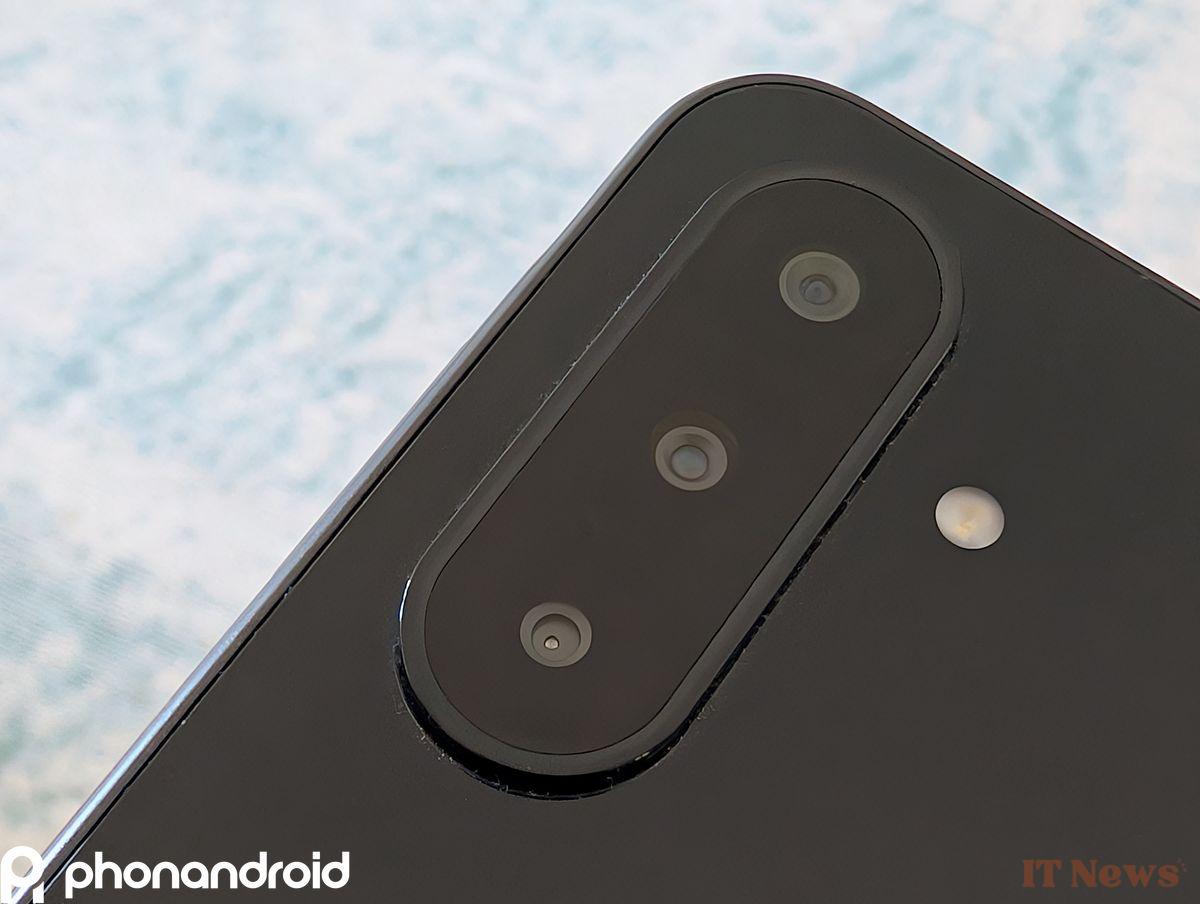
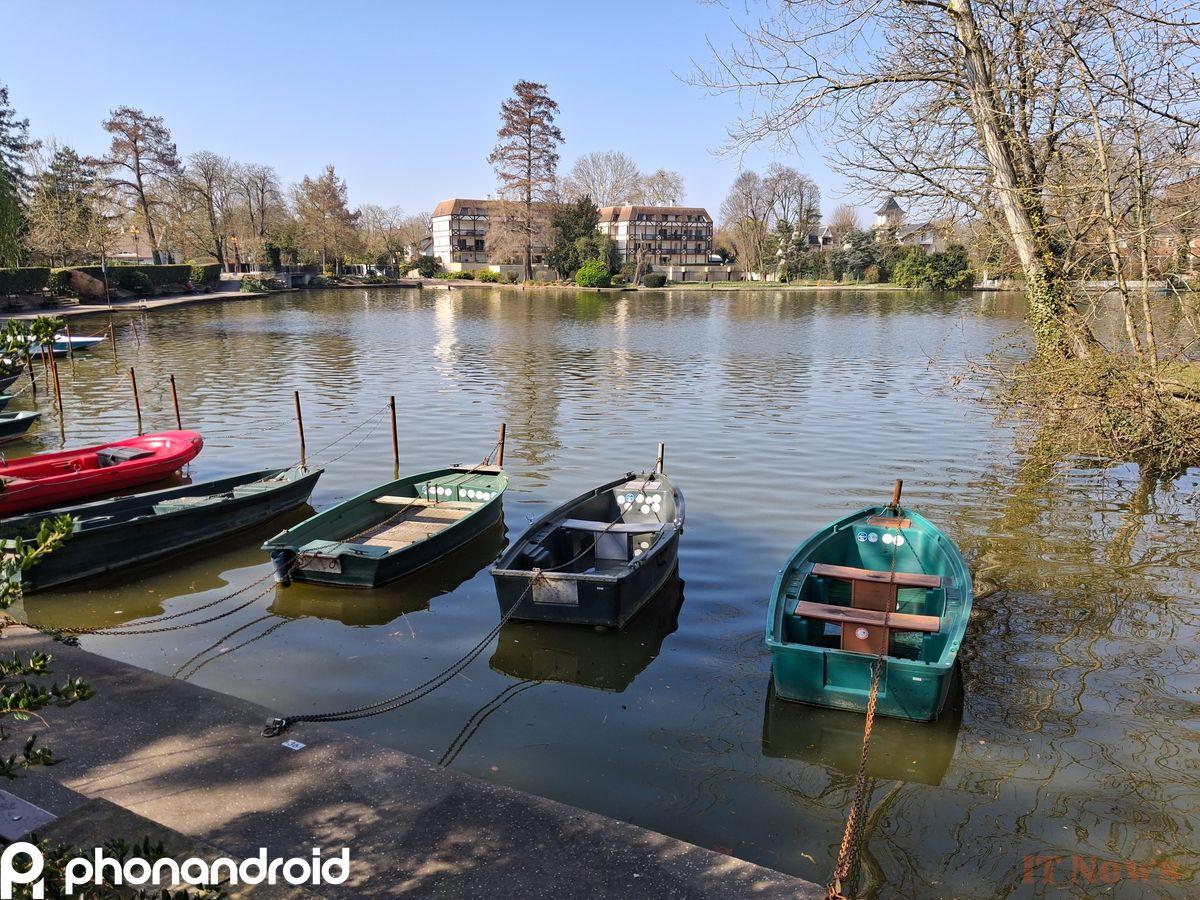


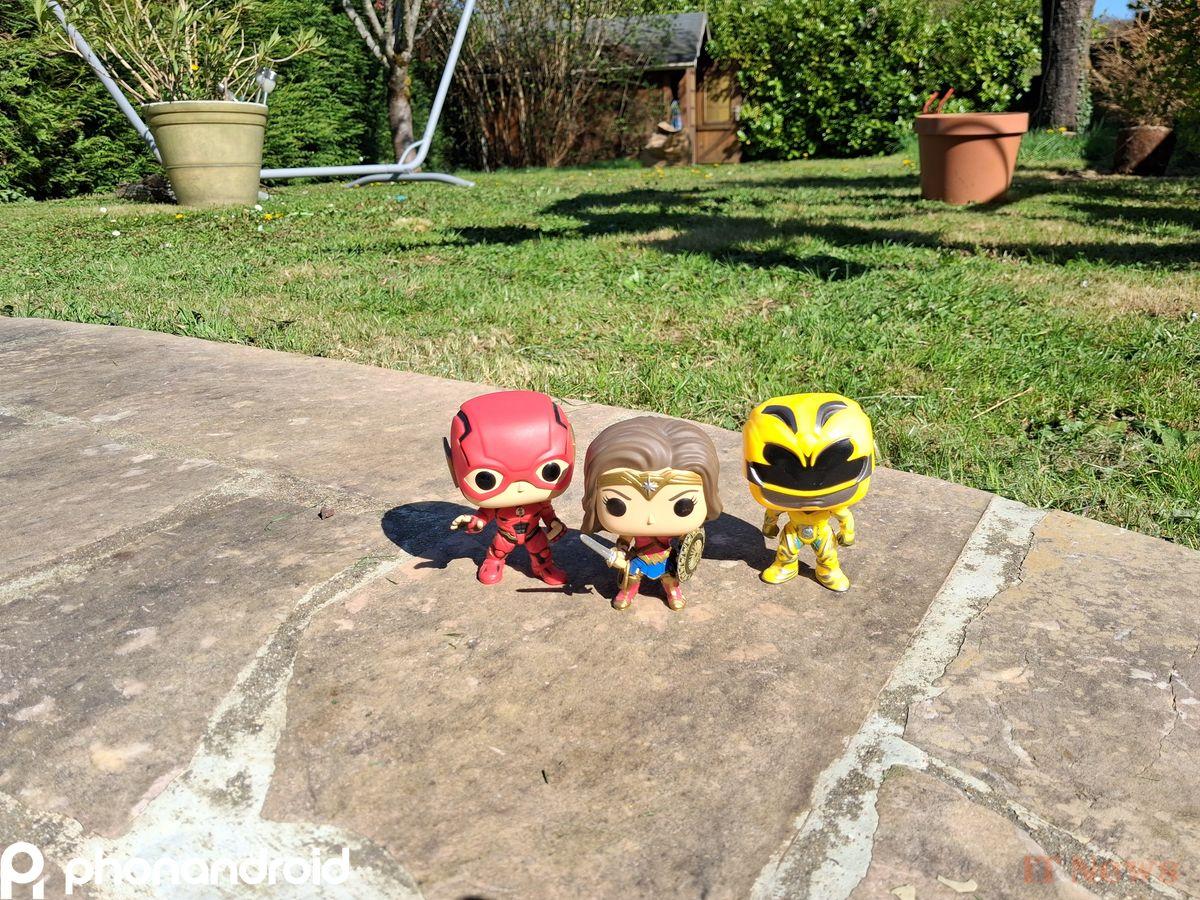

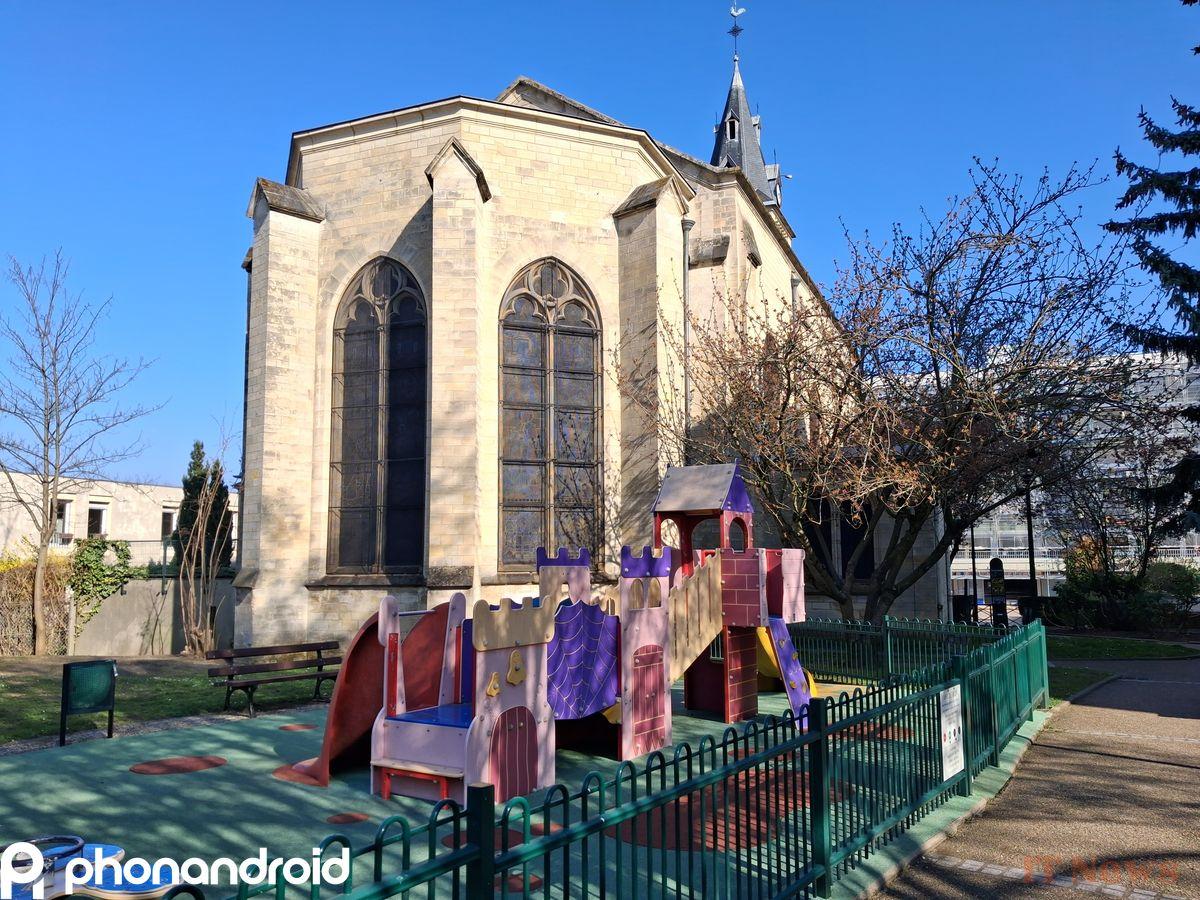
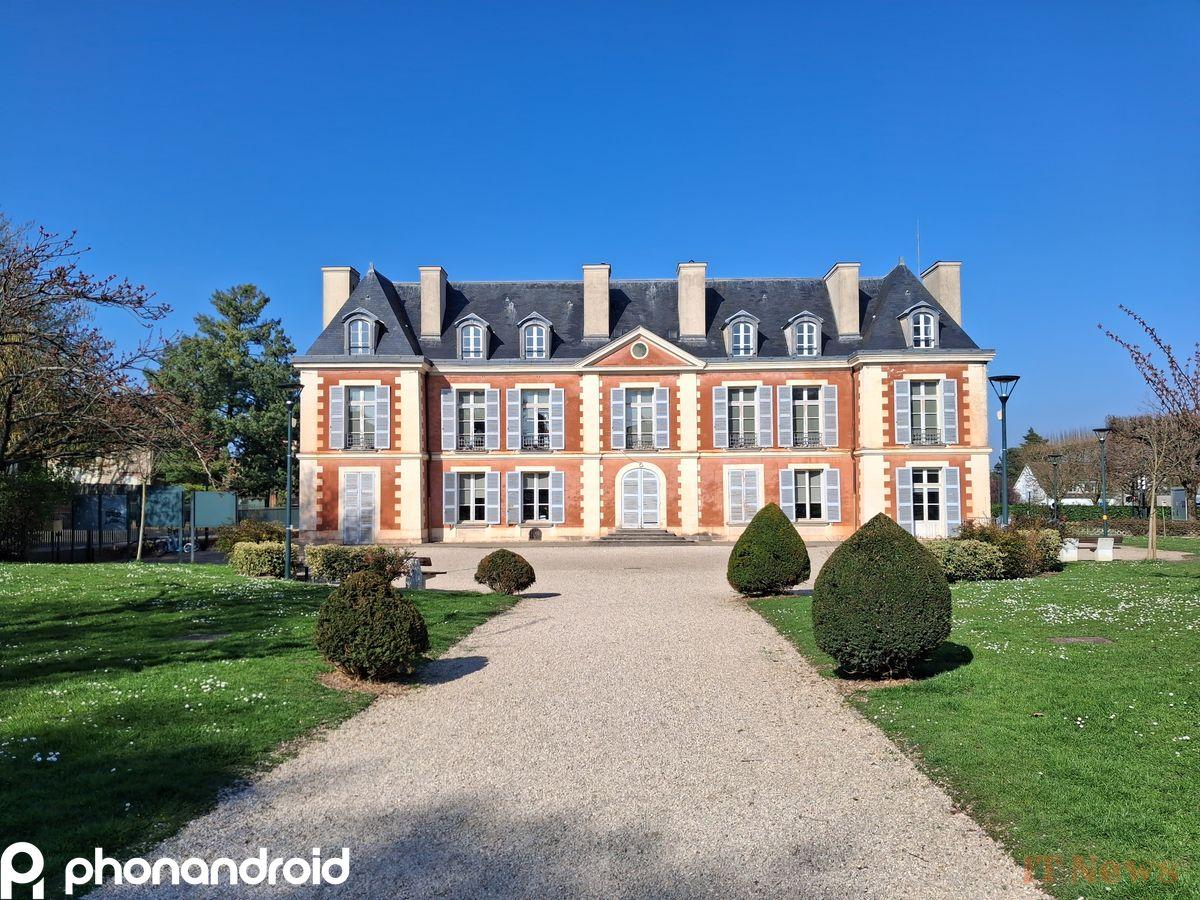
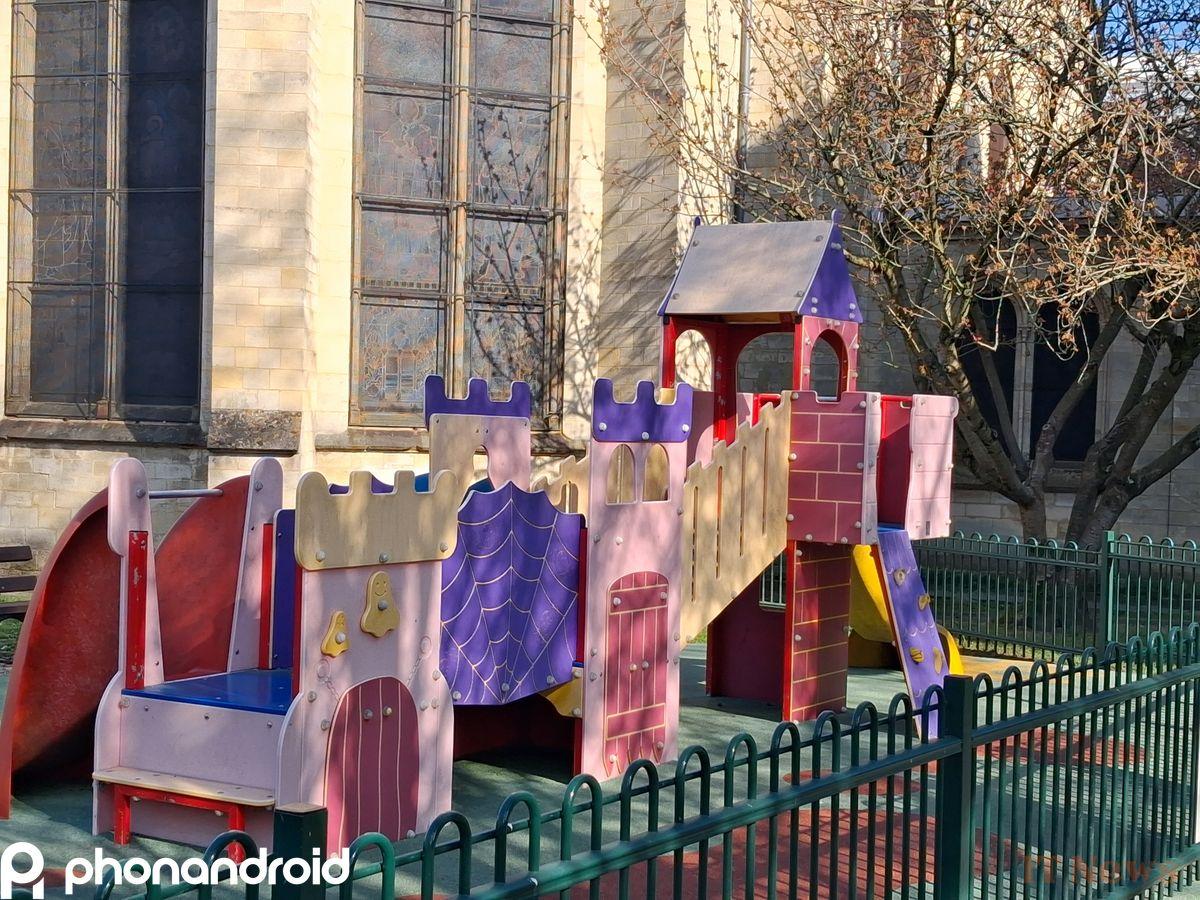

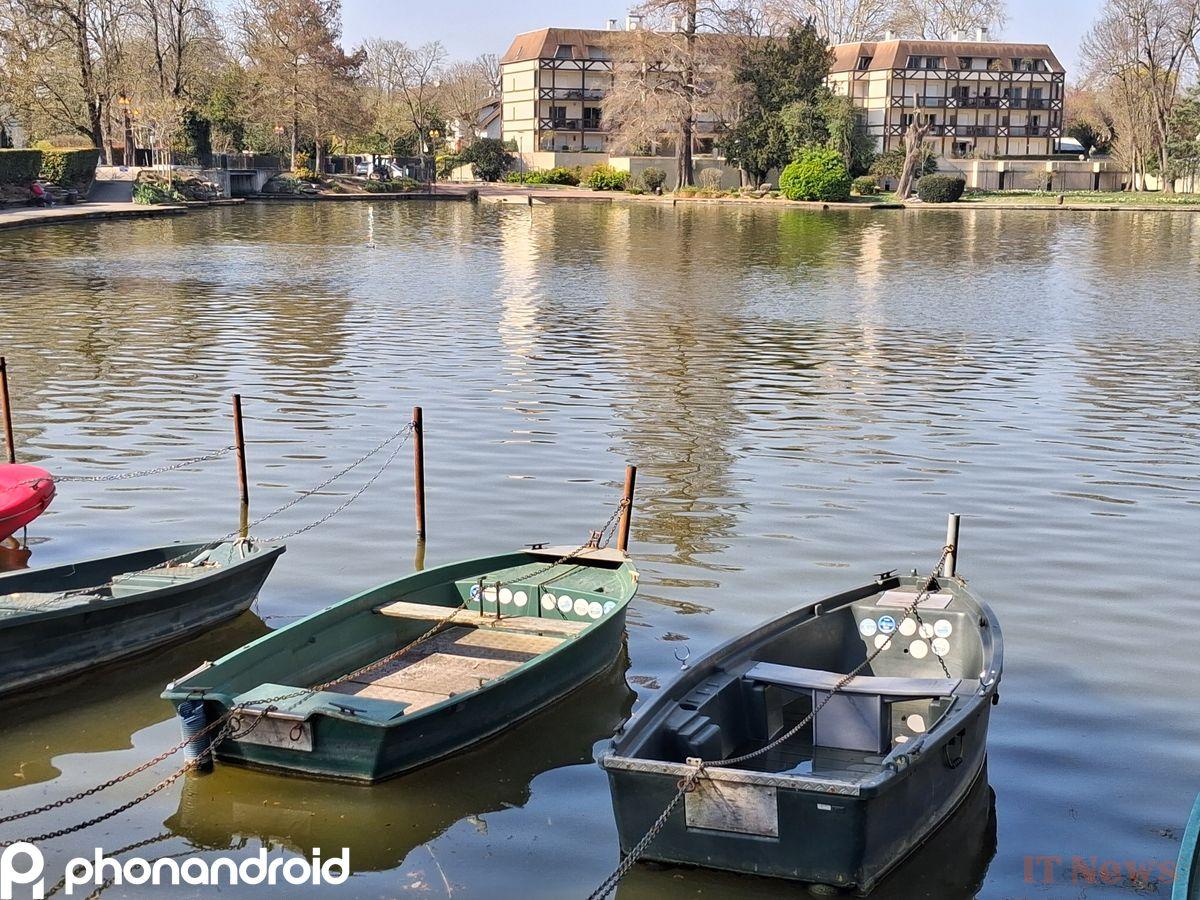
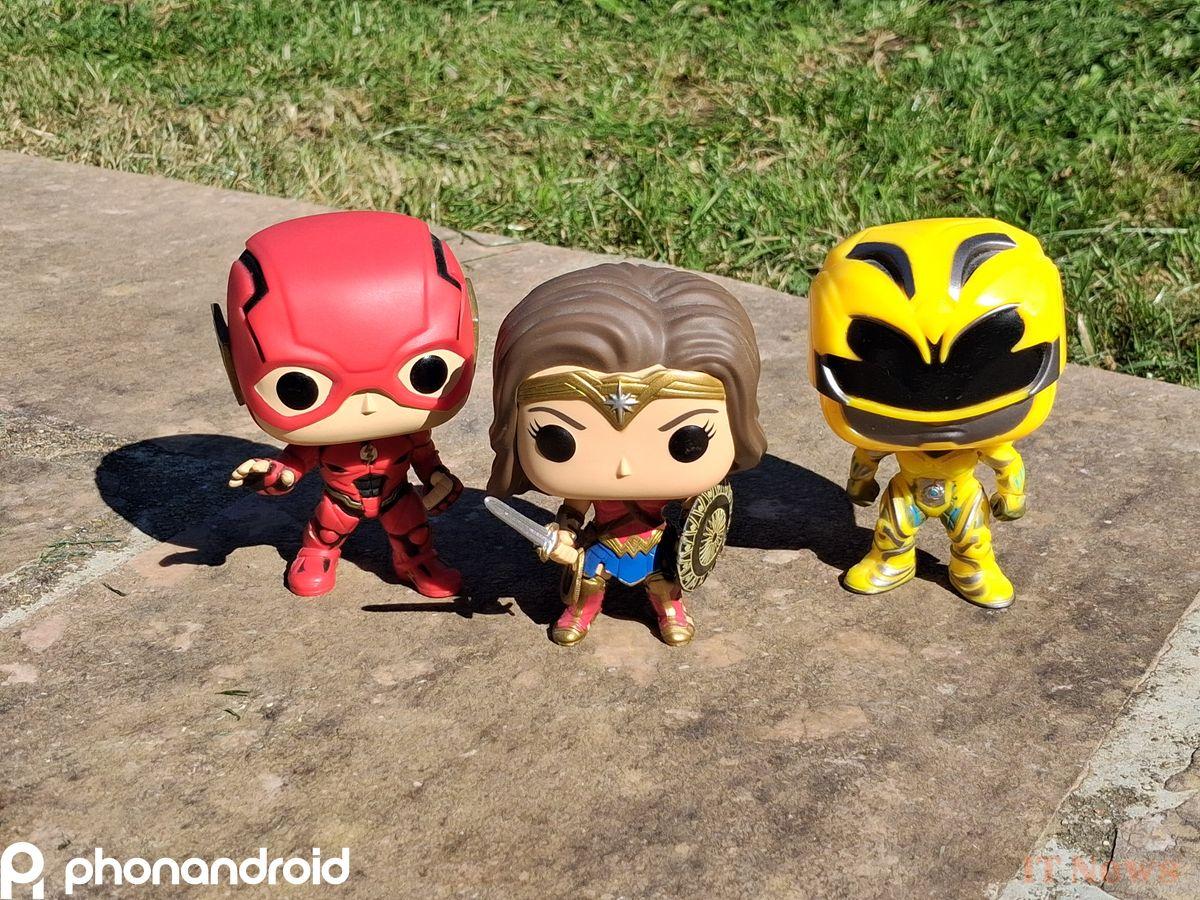

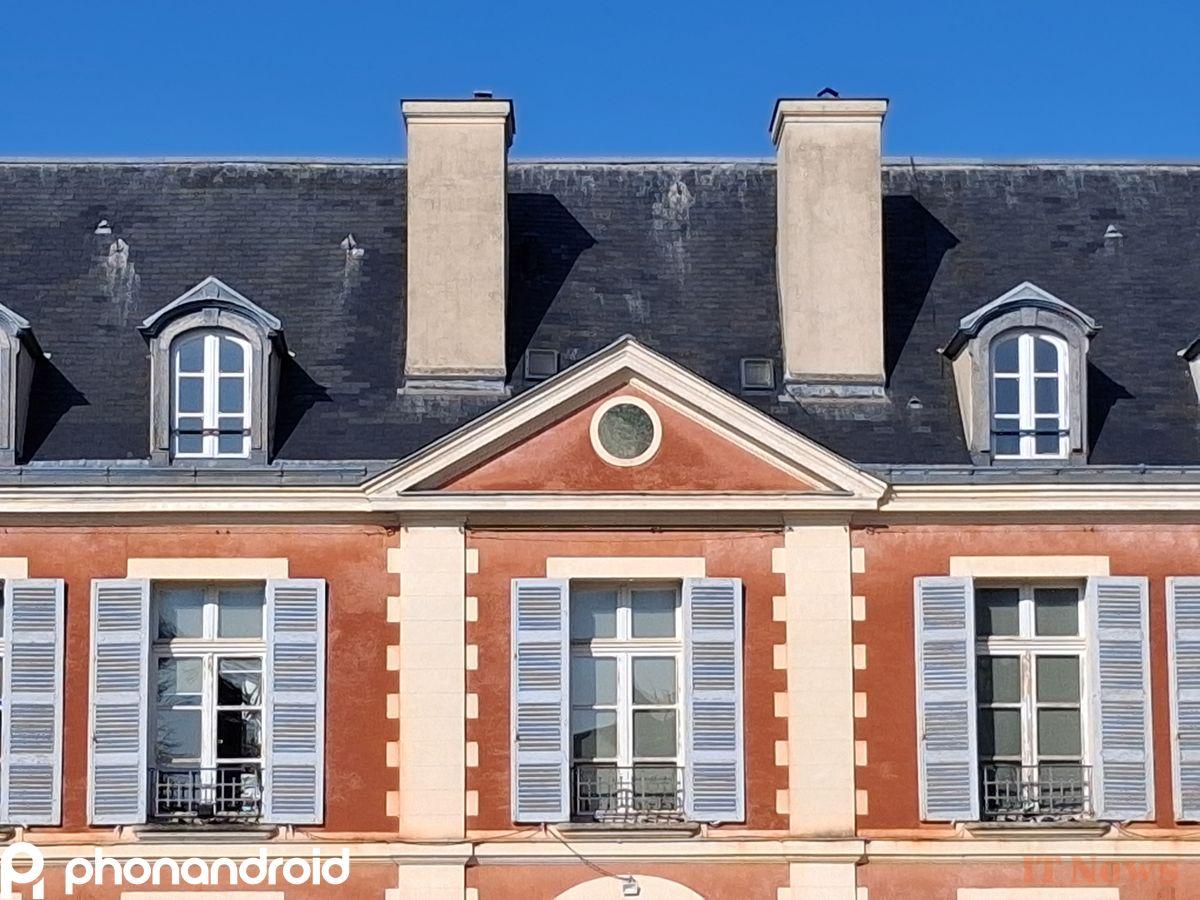


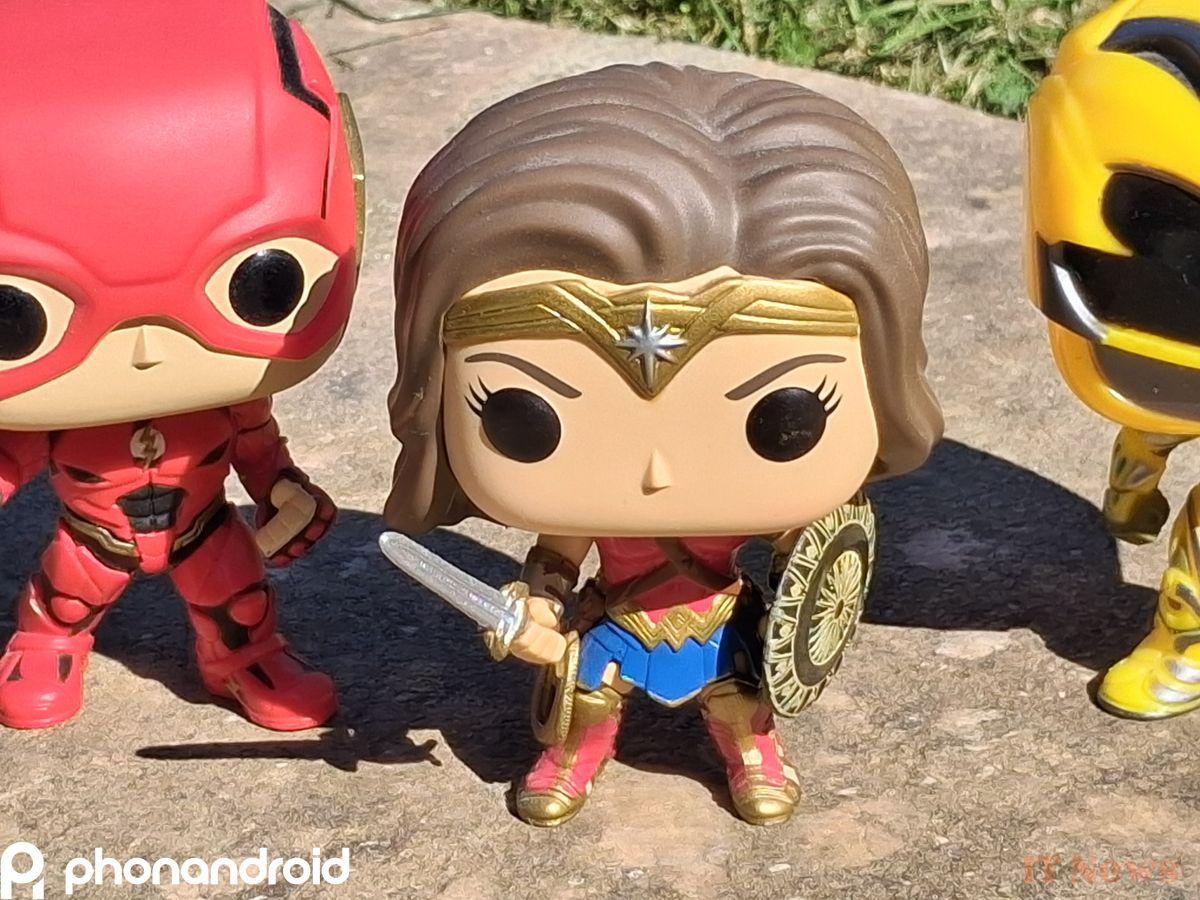

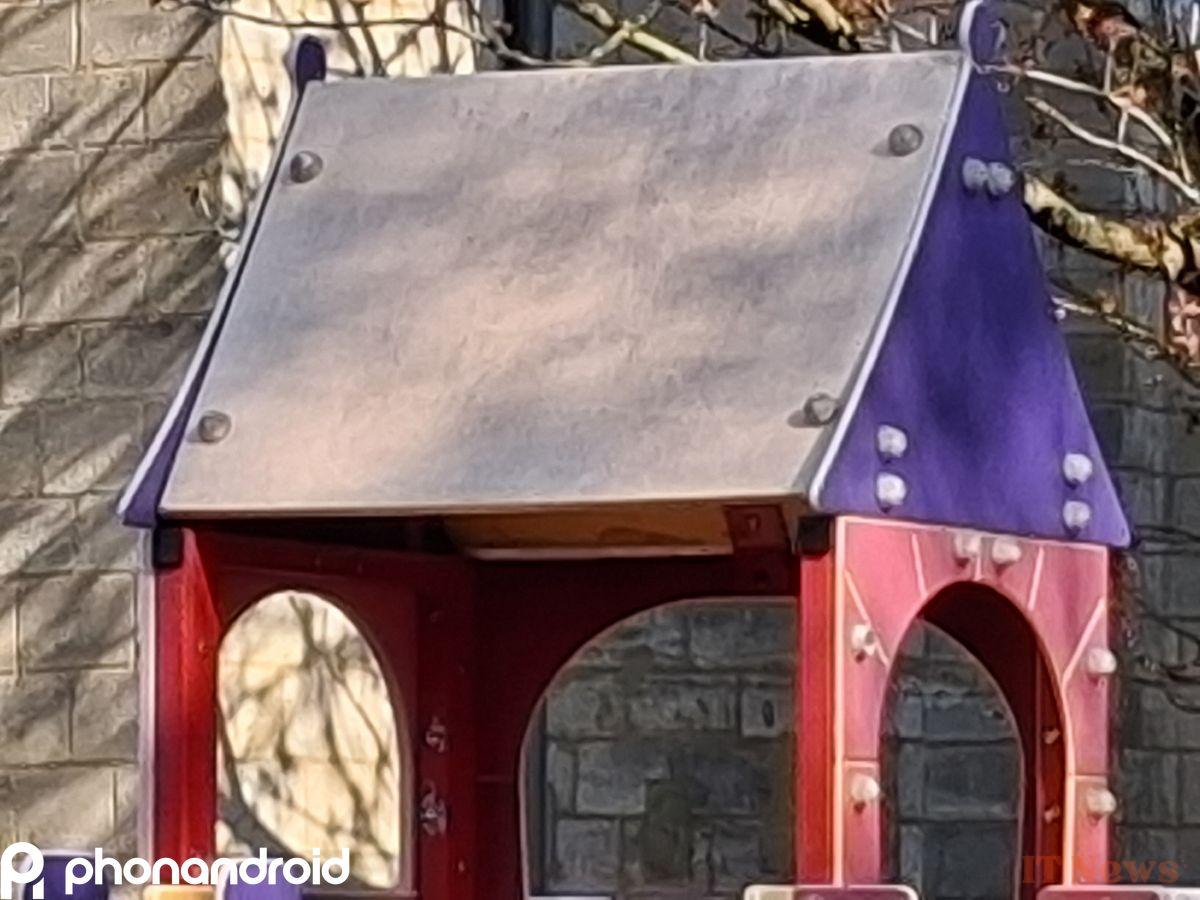


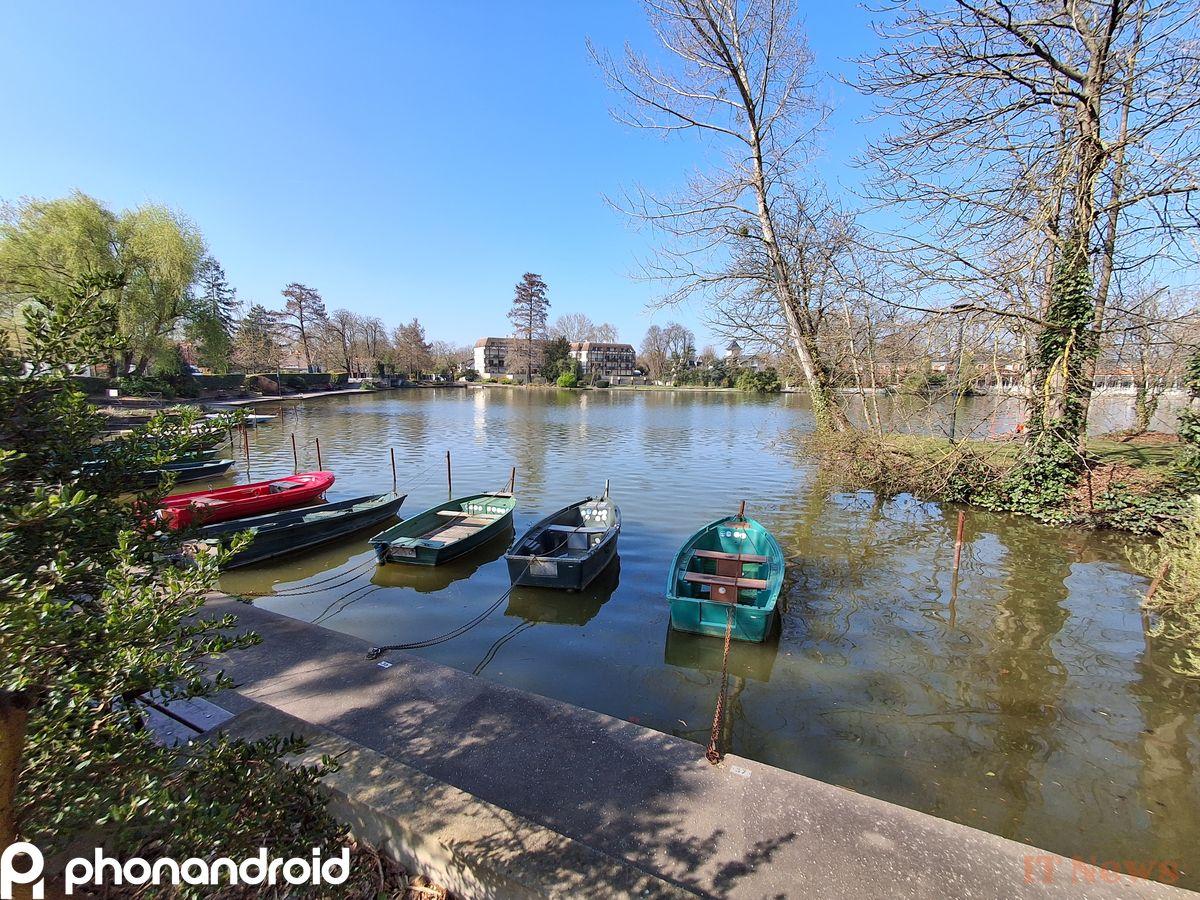

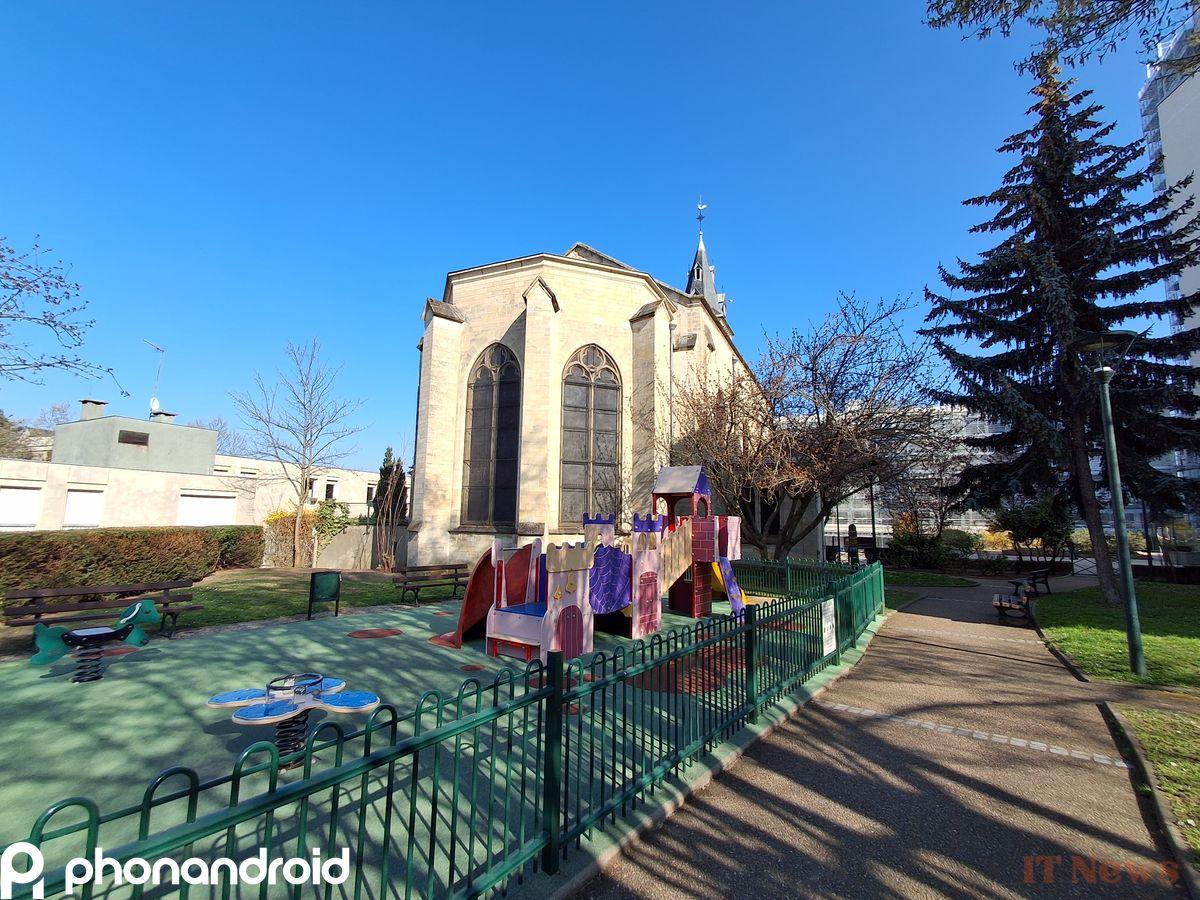
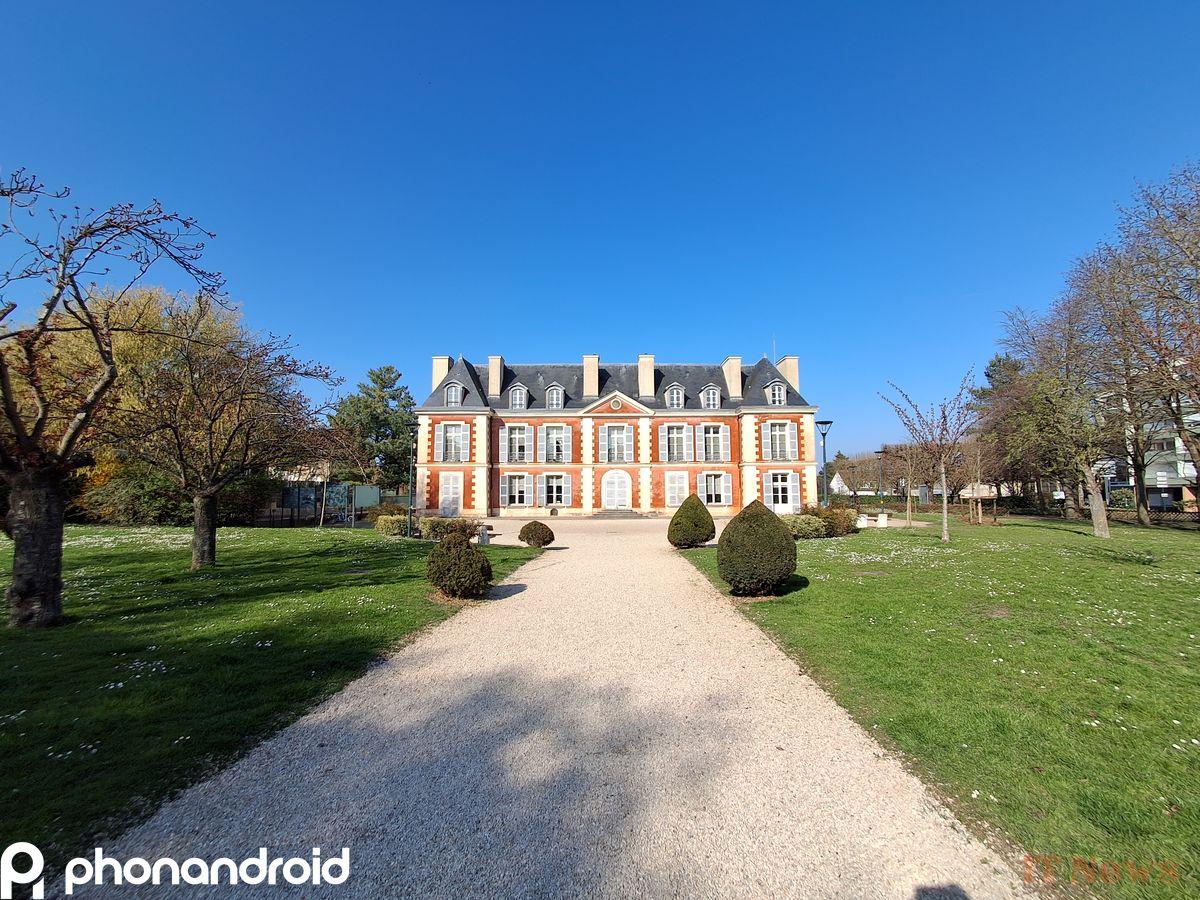
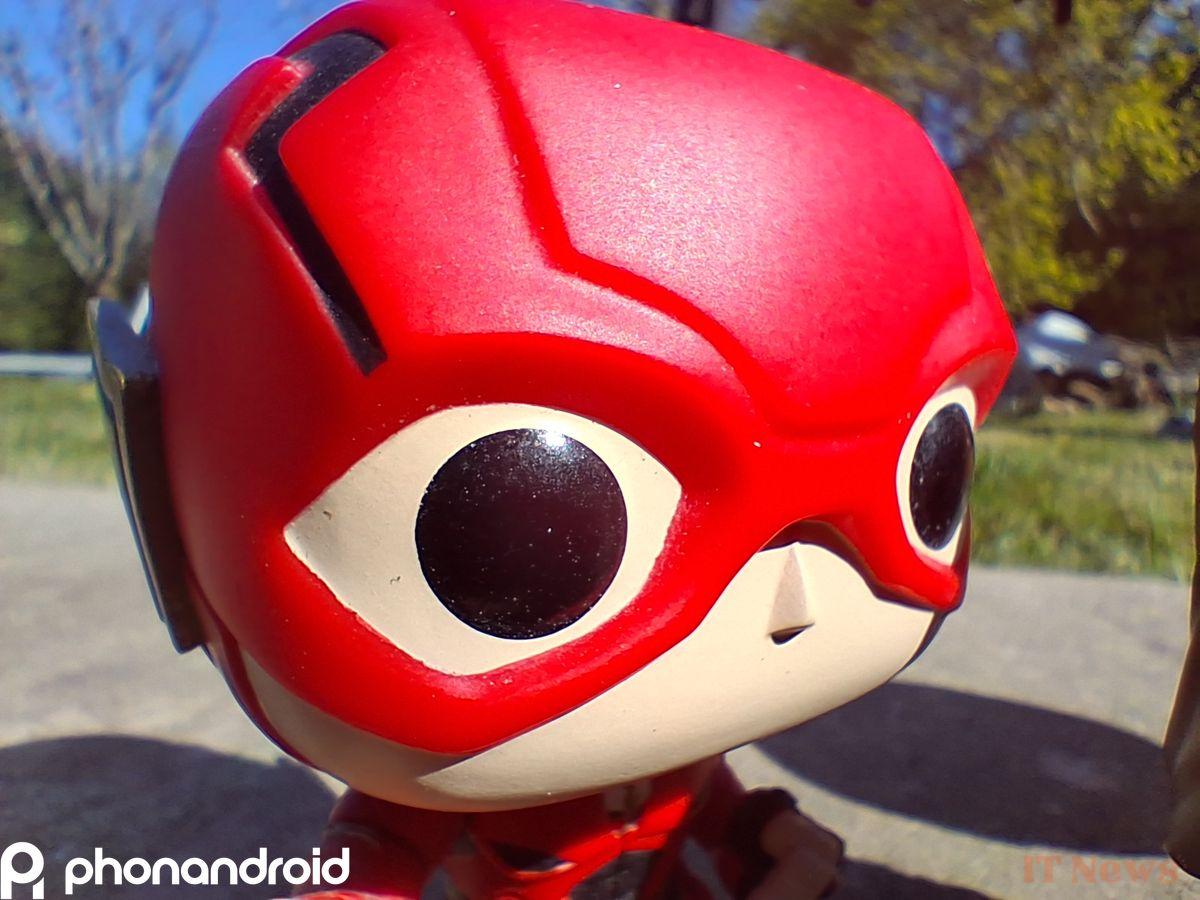
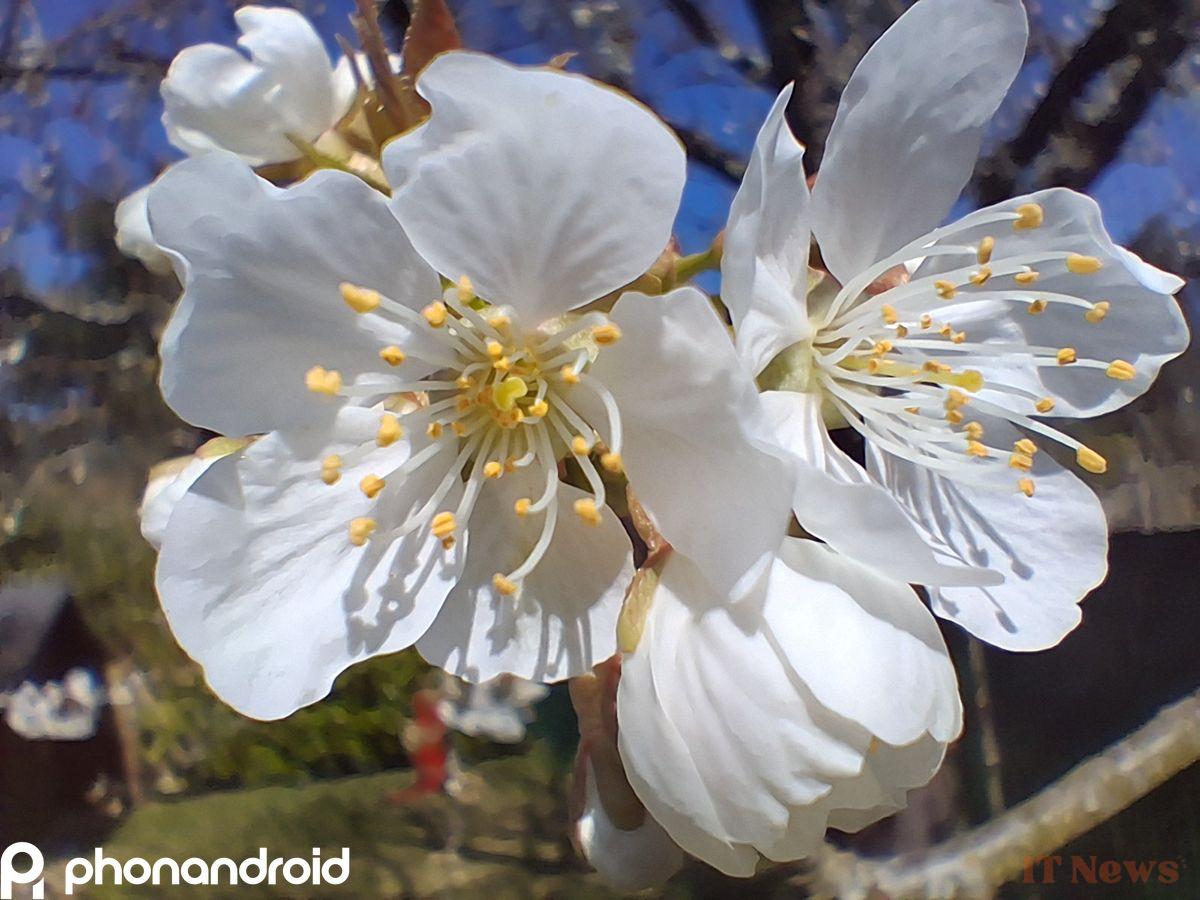

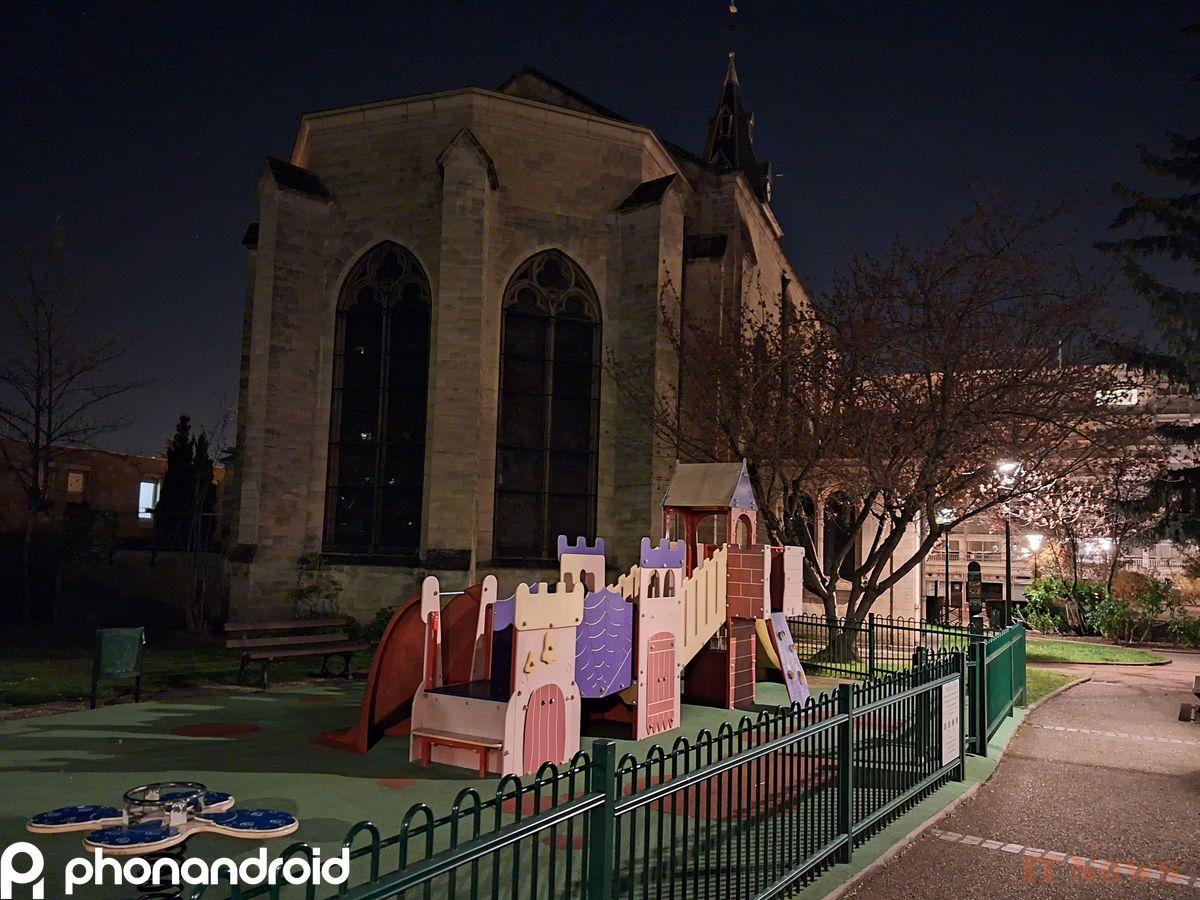
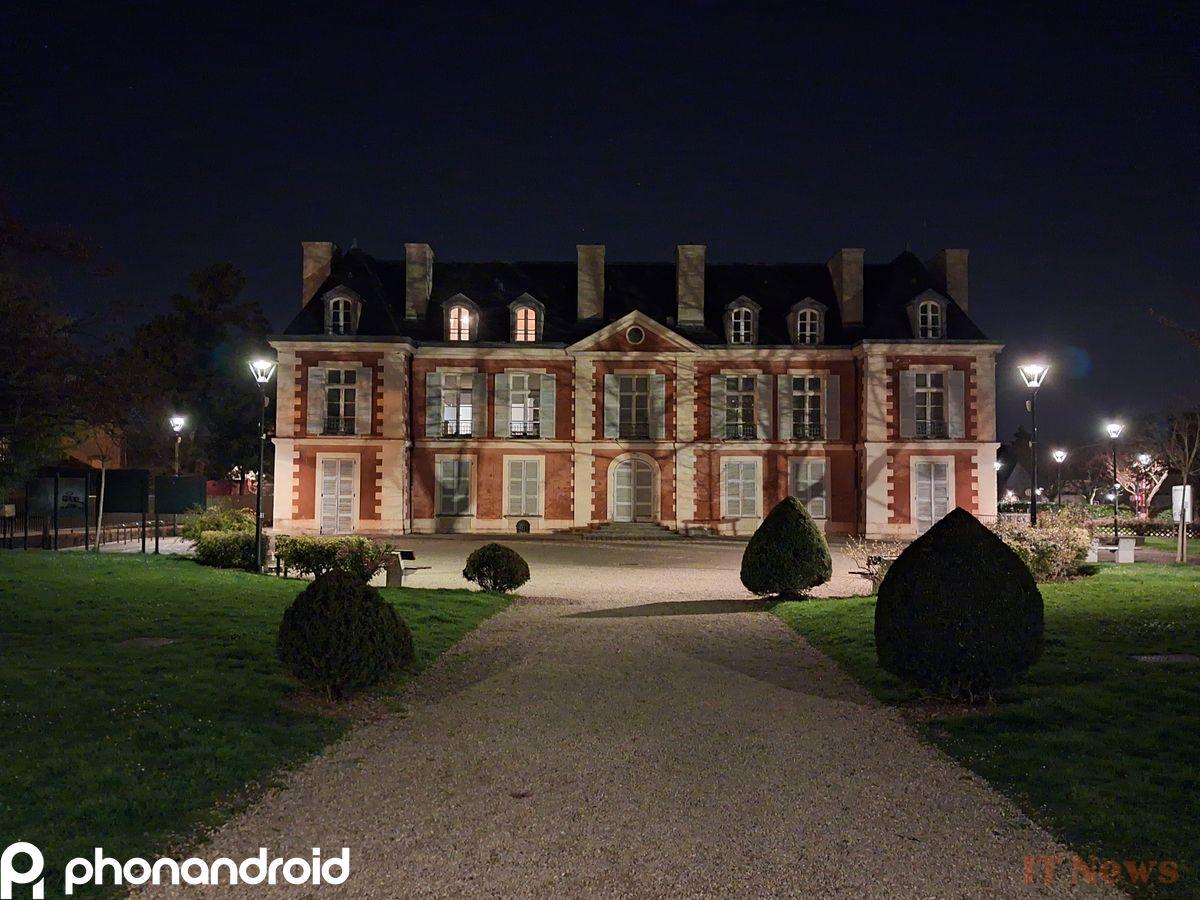
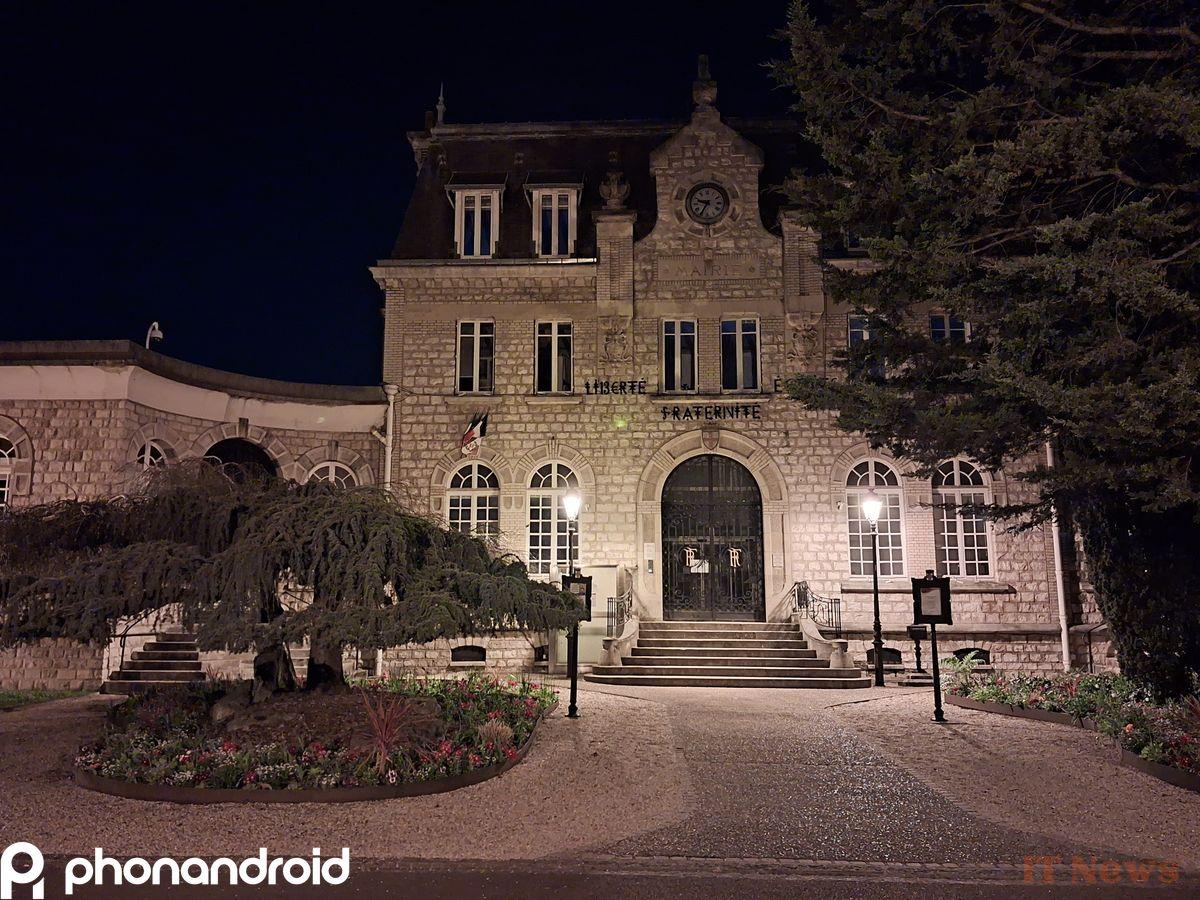
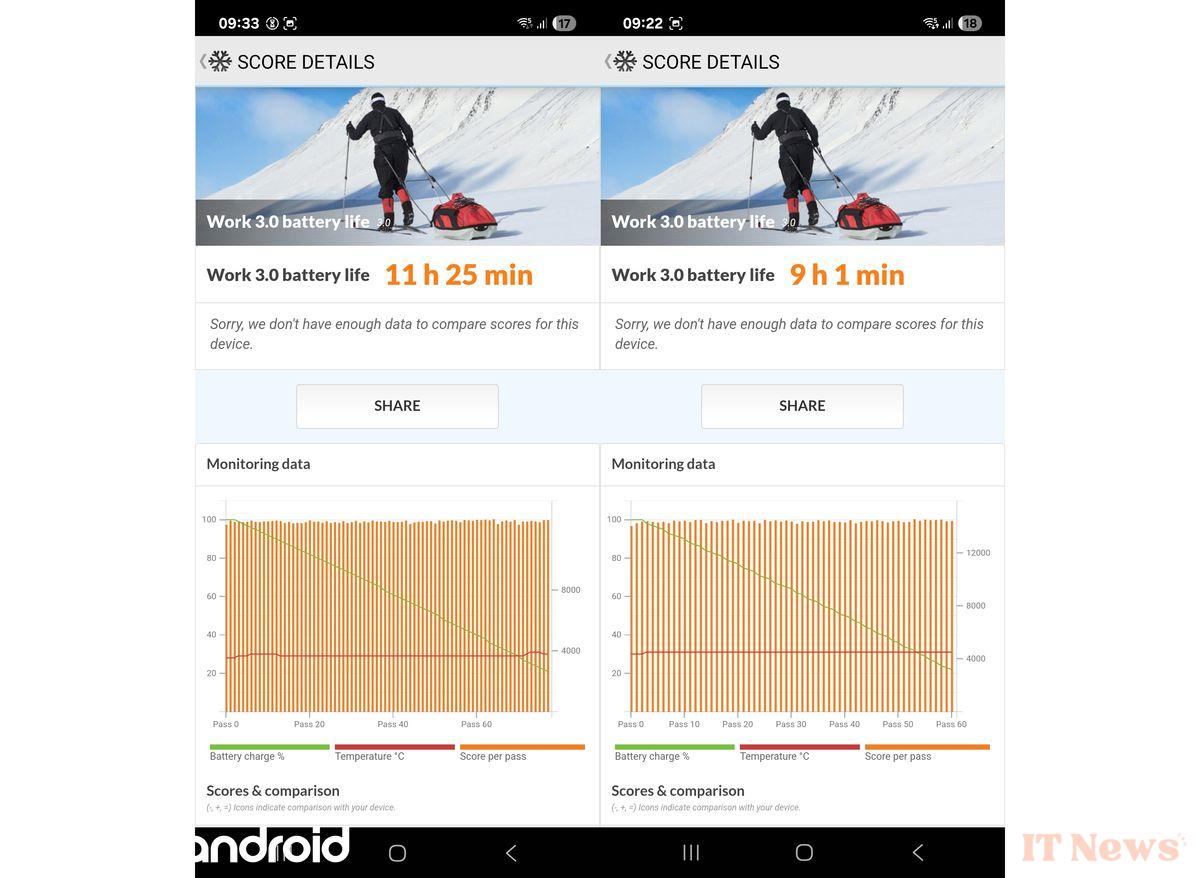
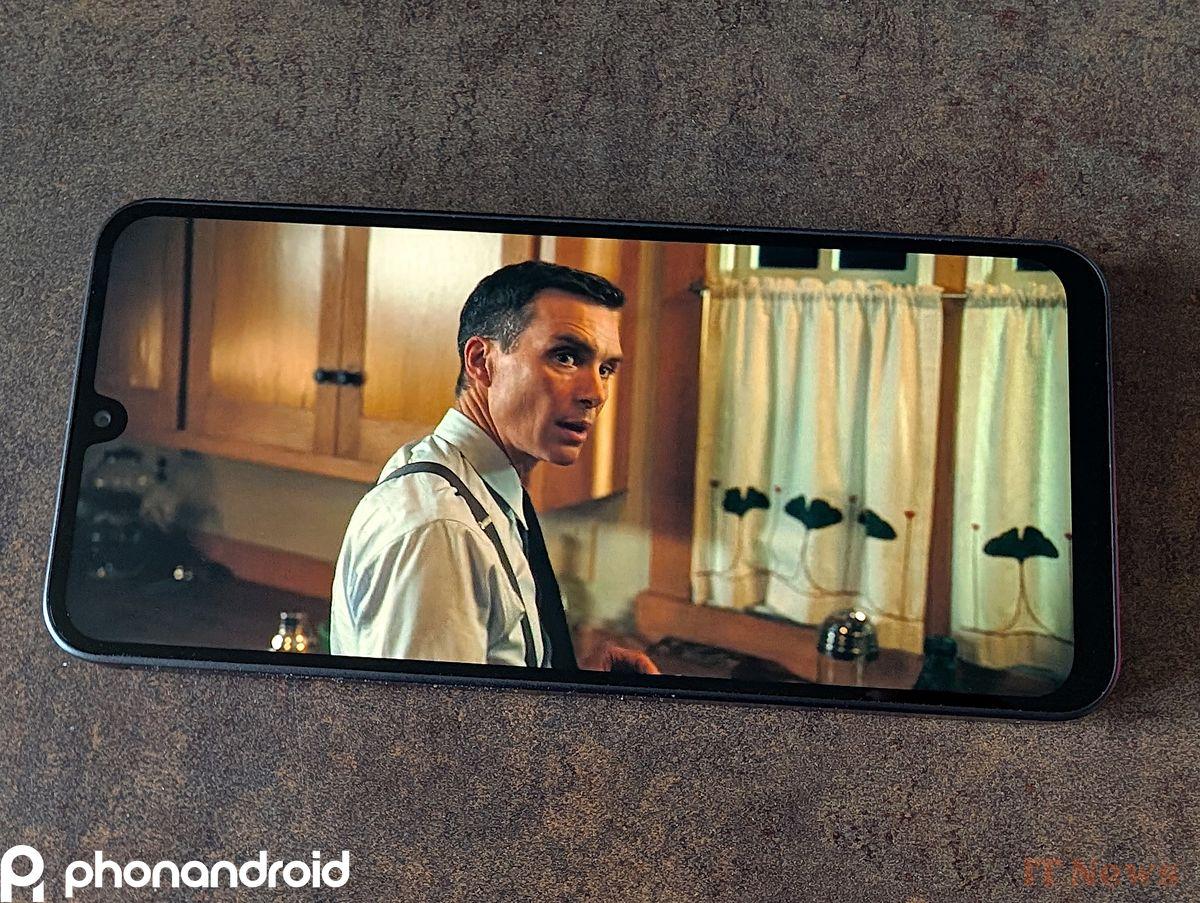
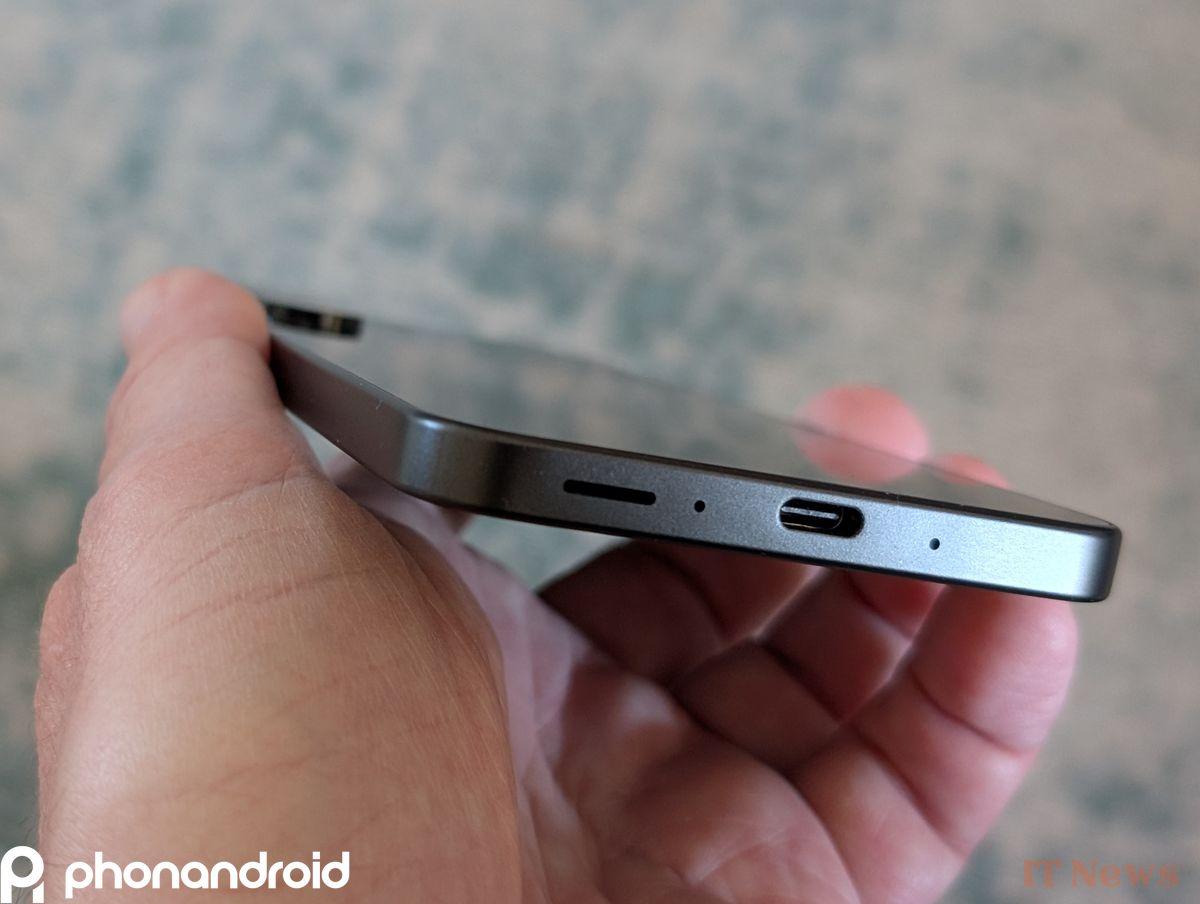
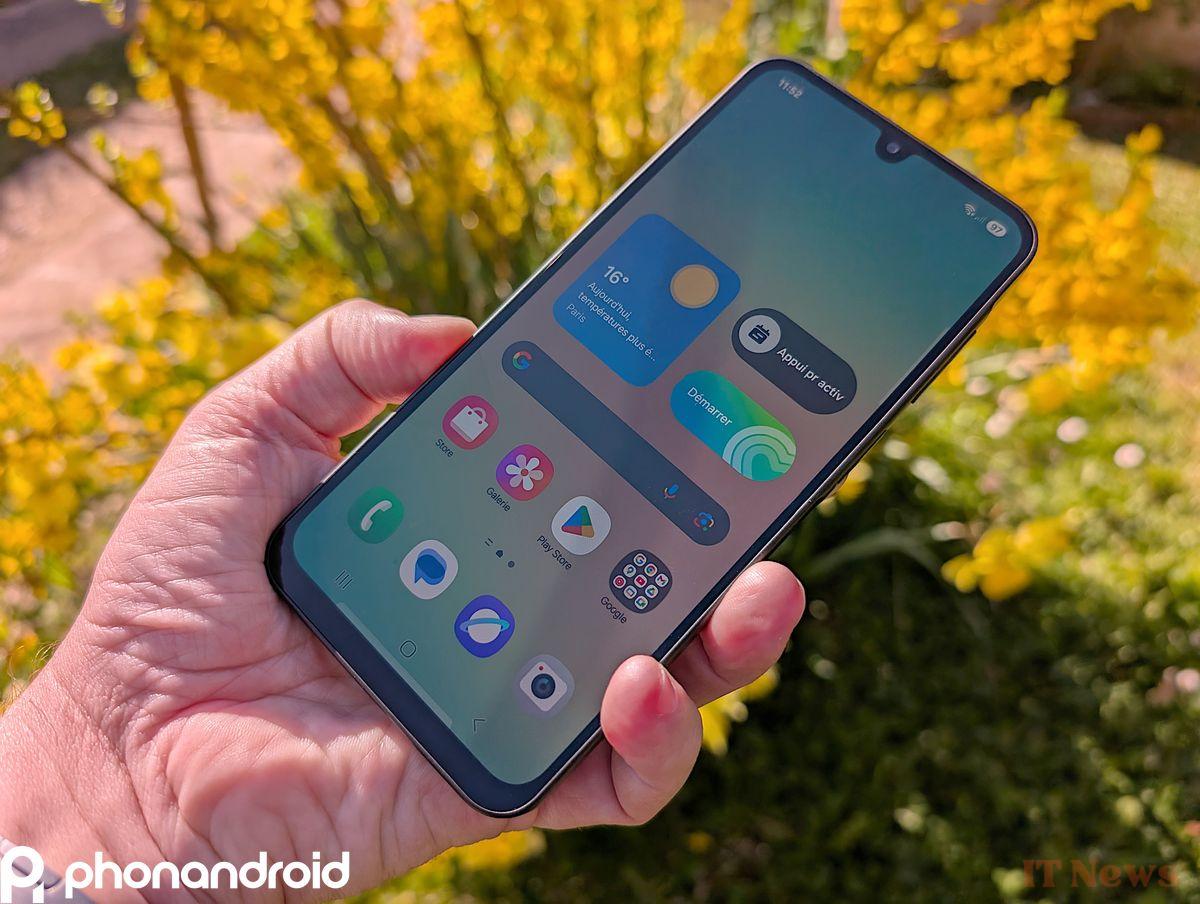

0 Comments